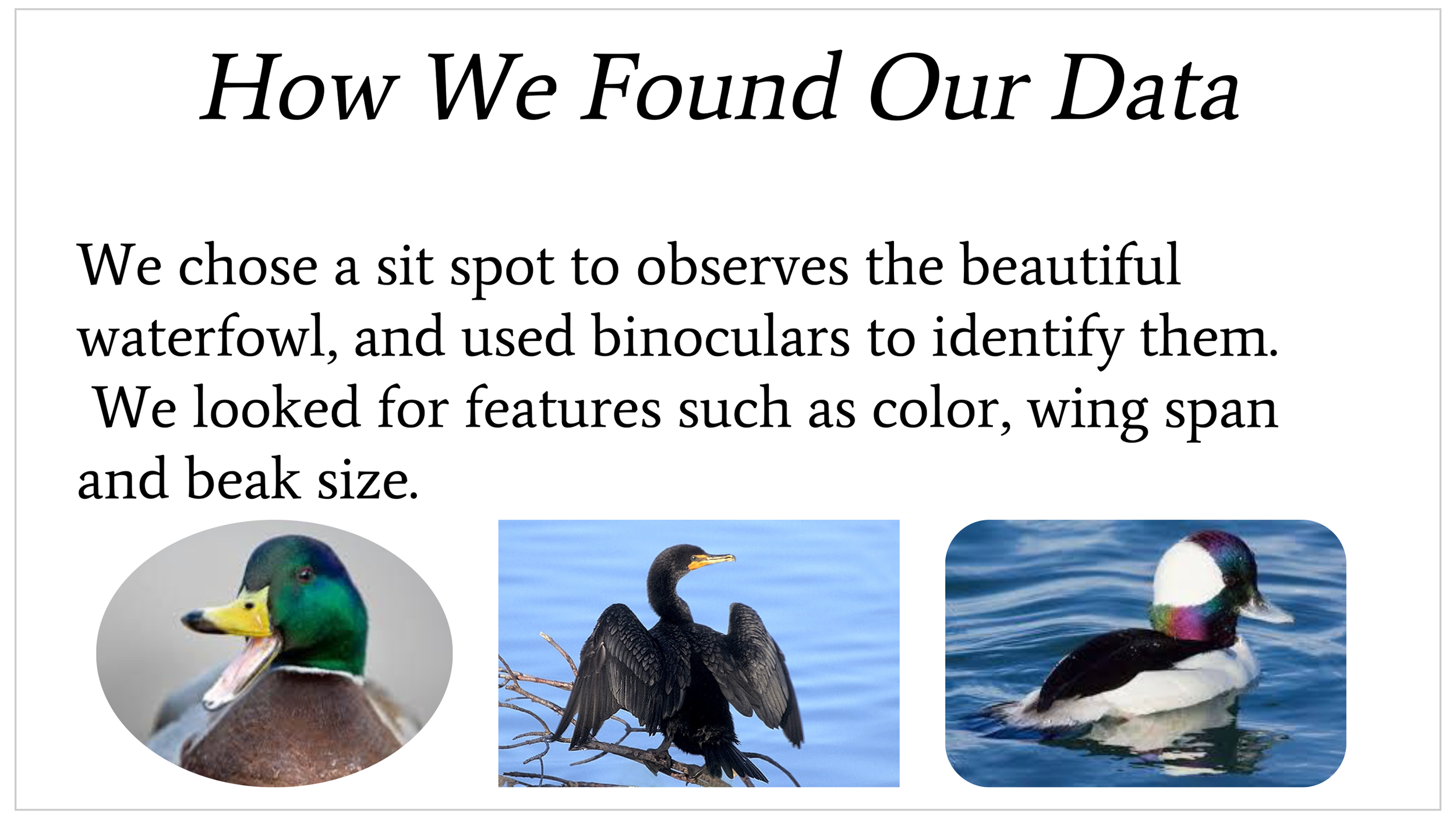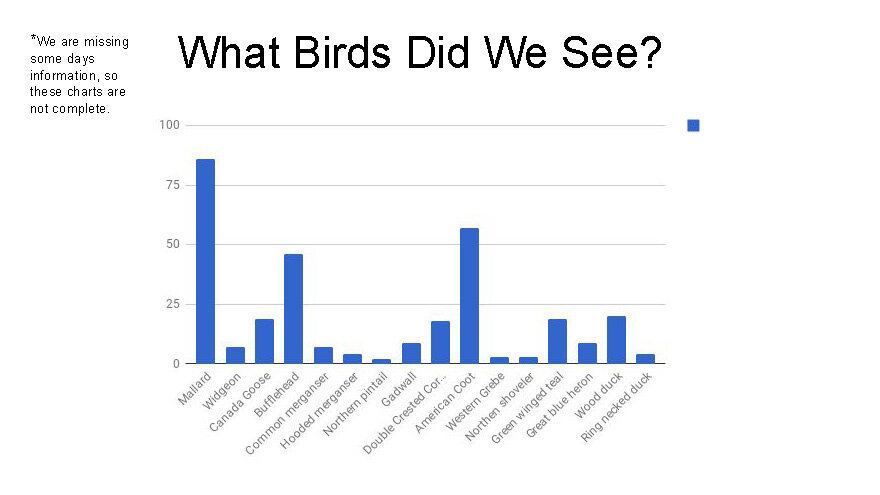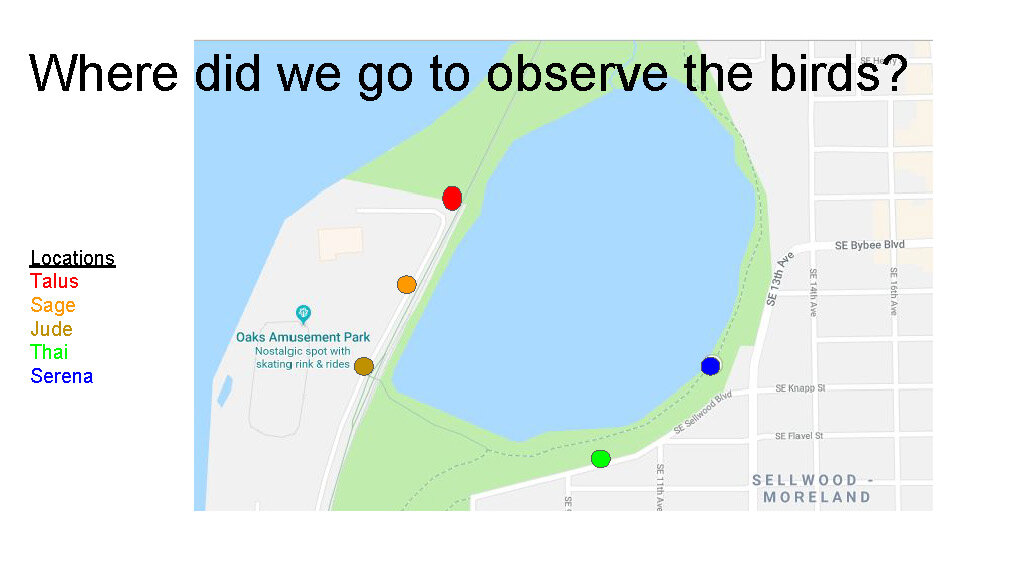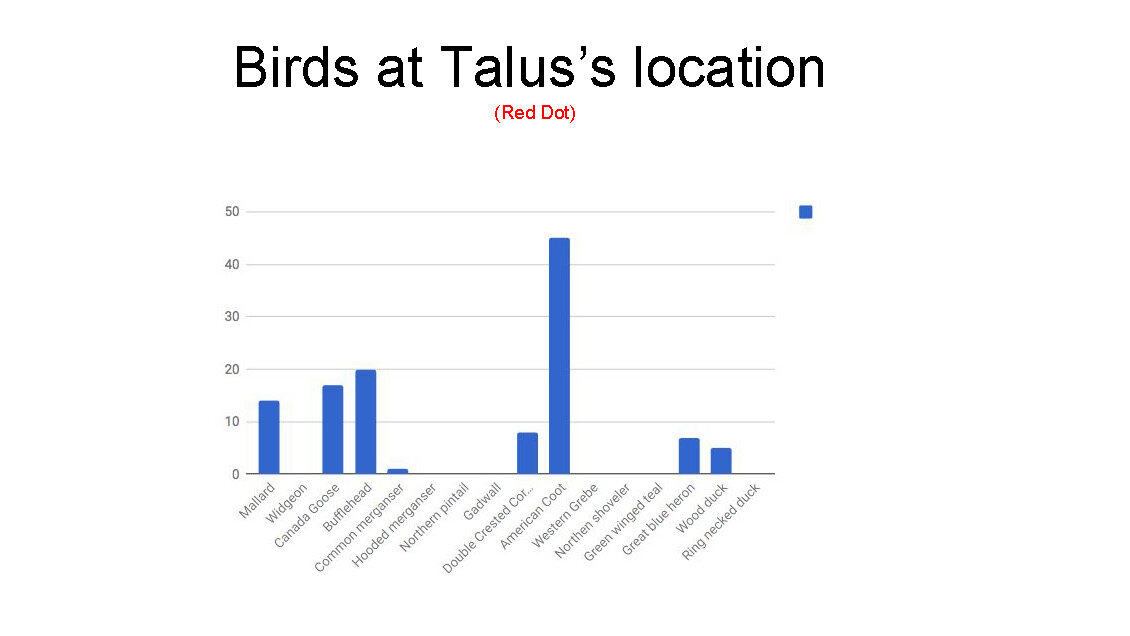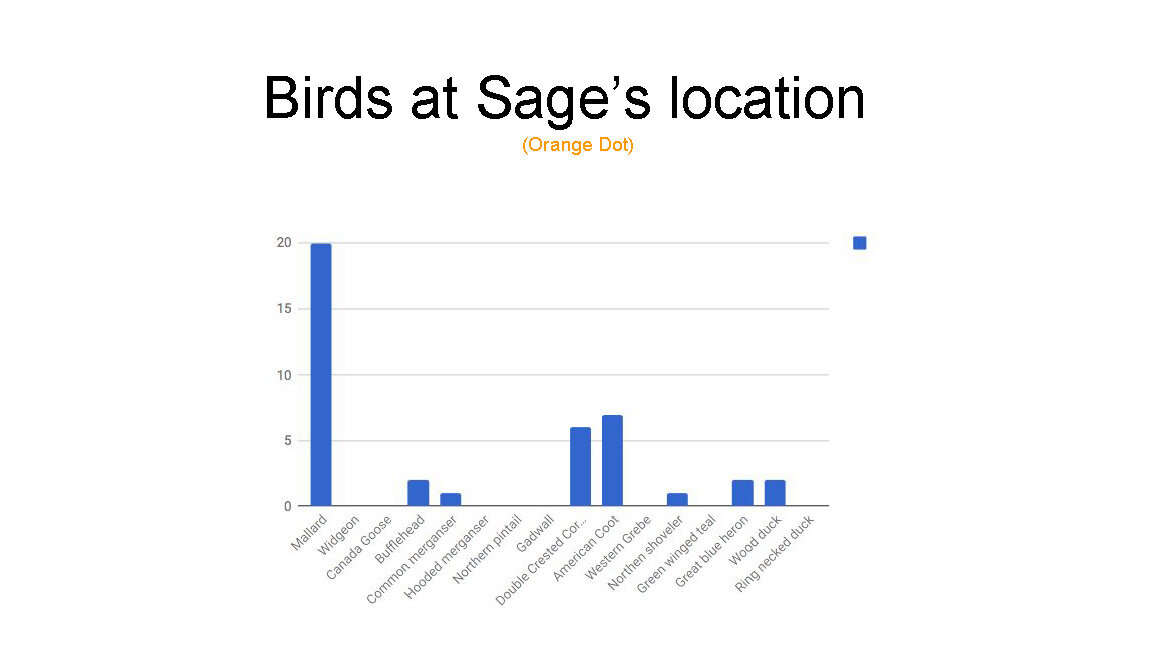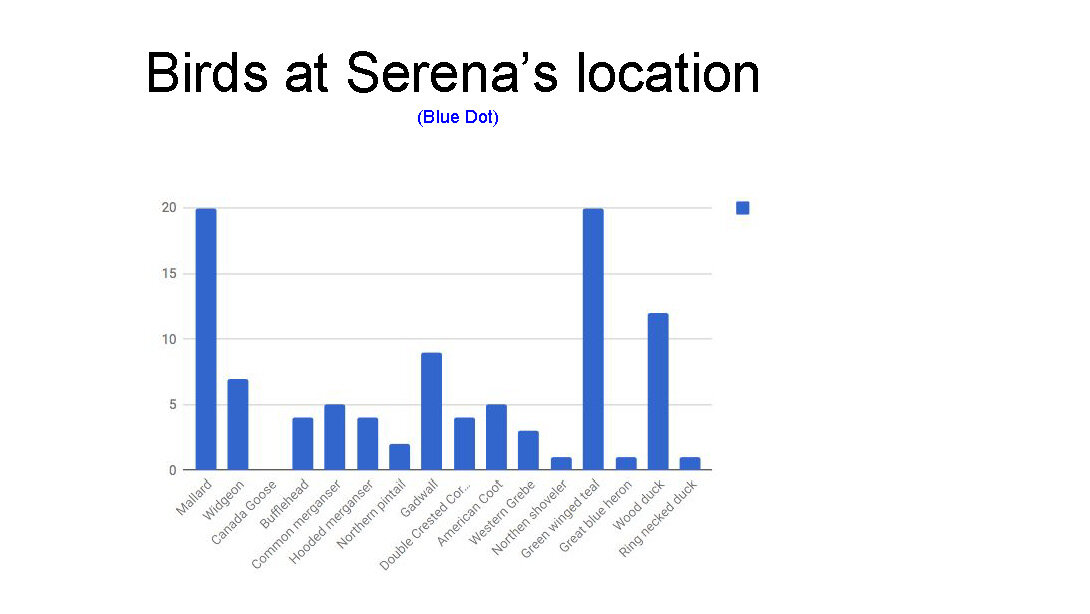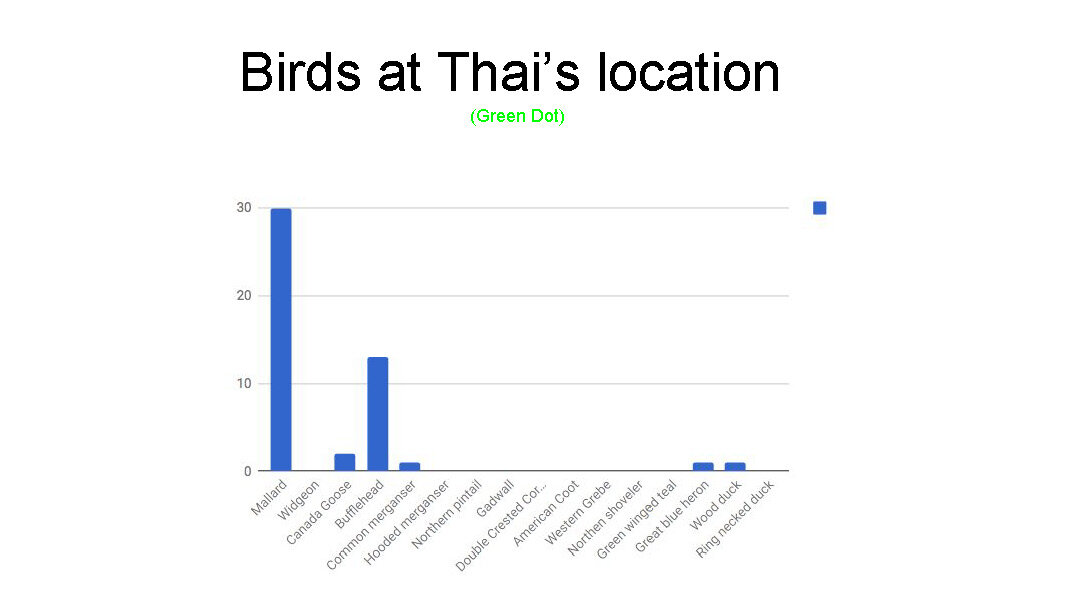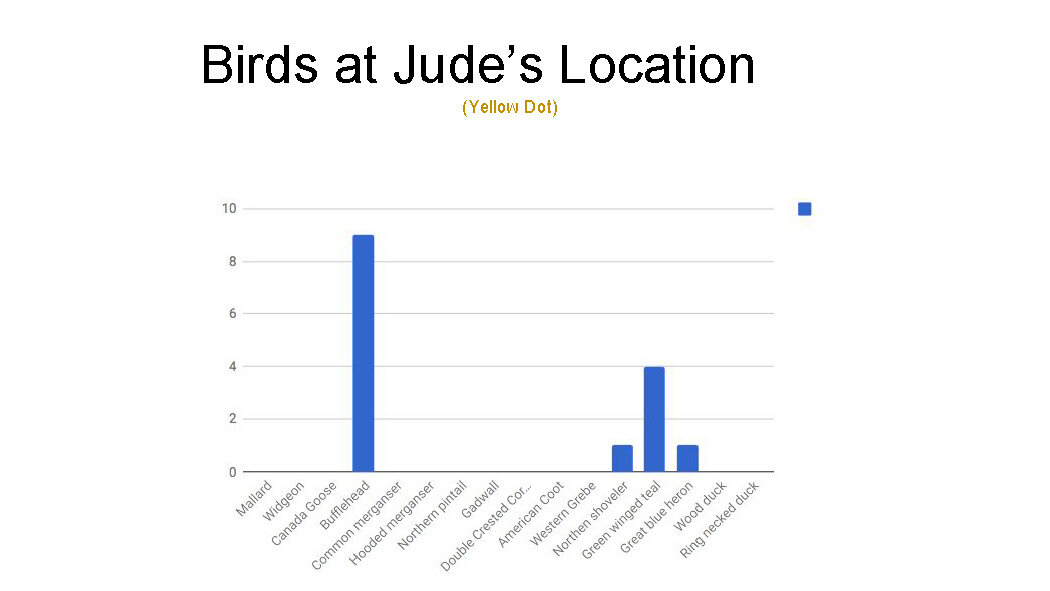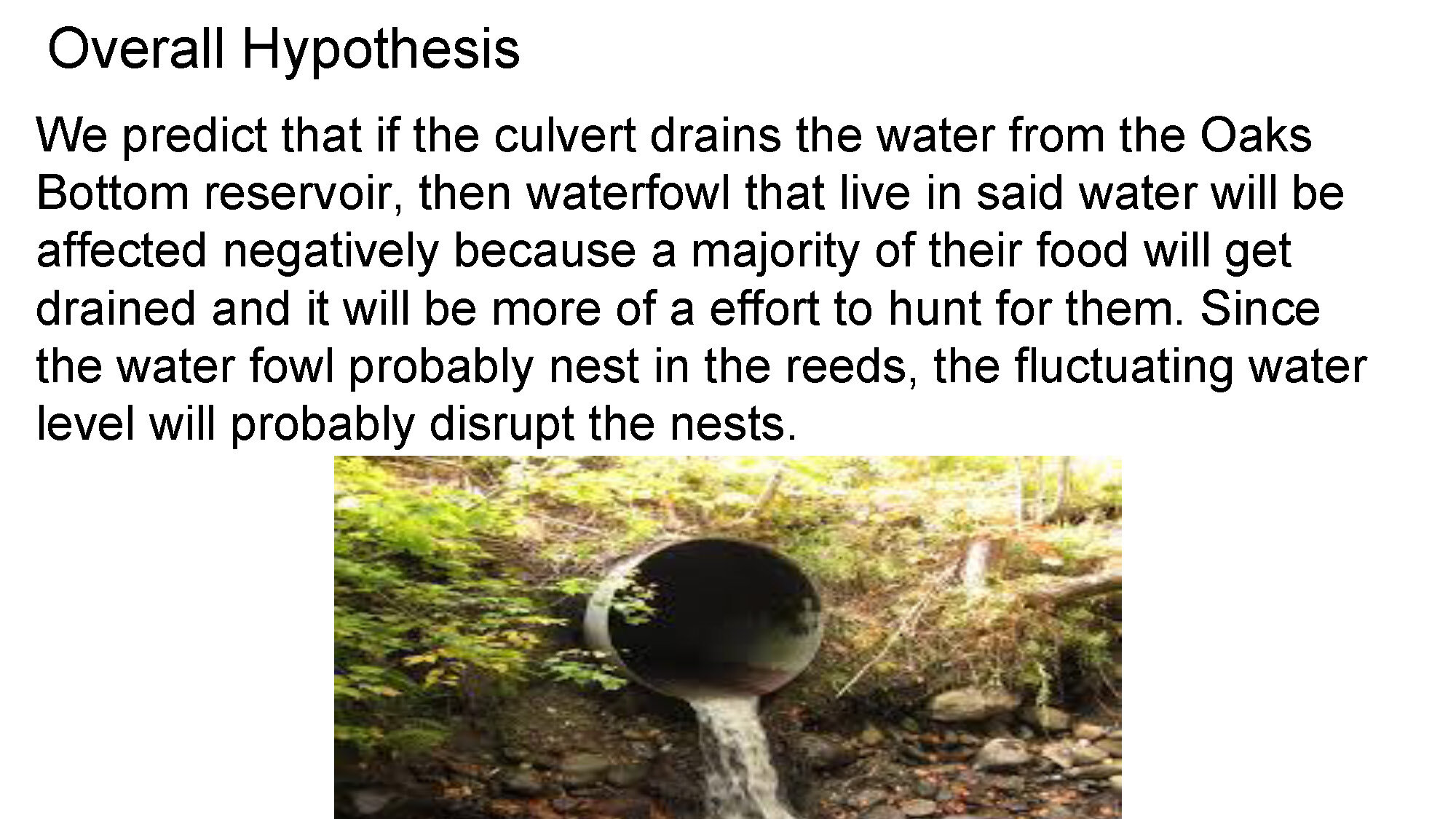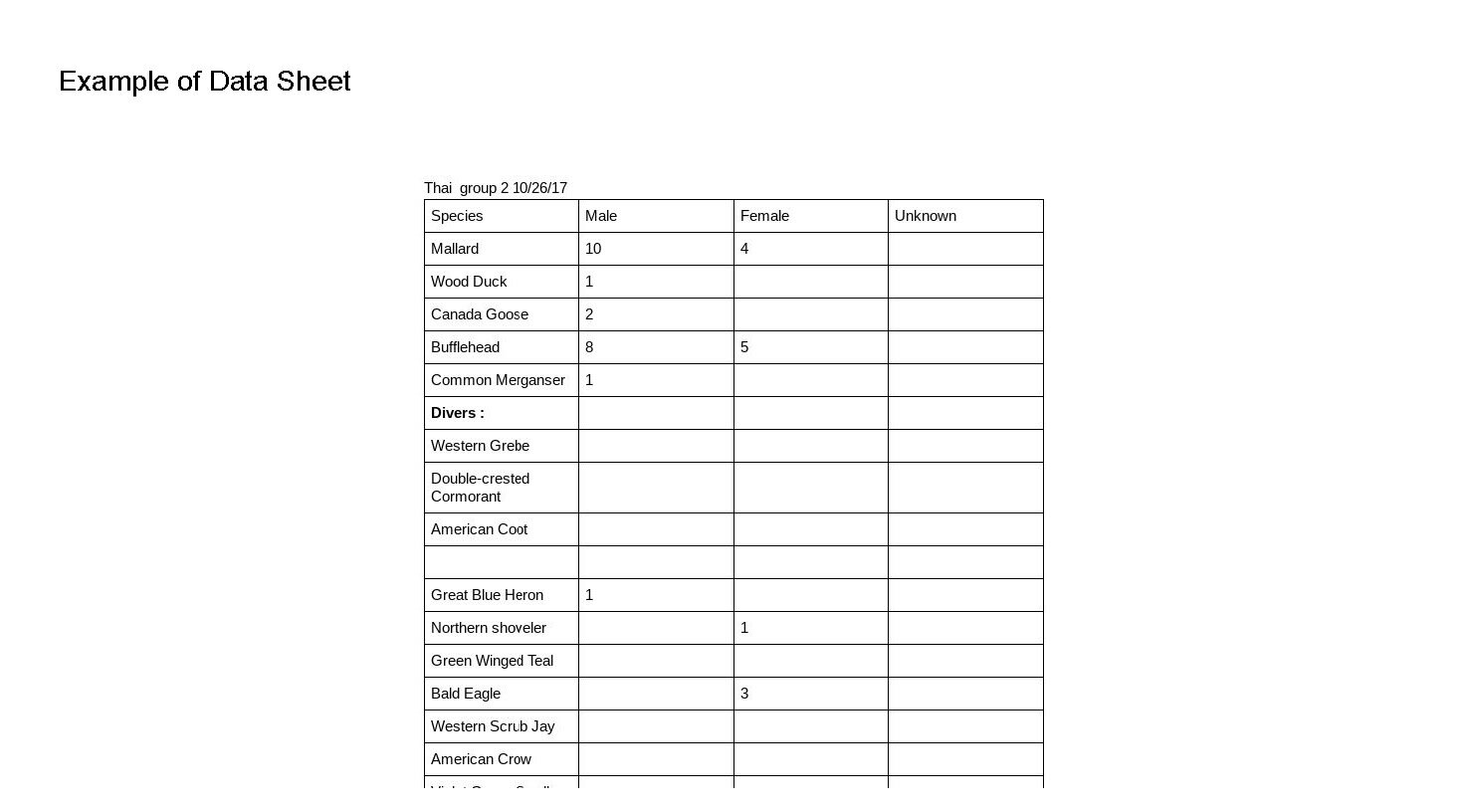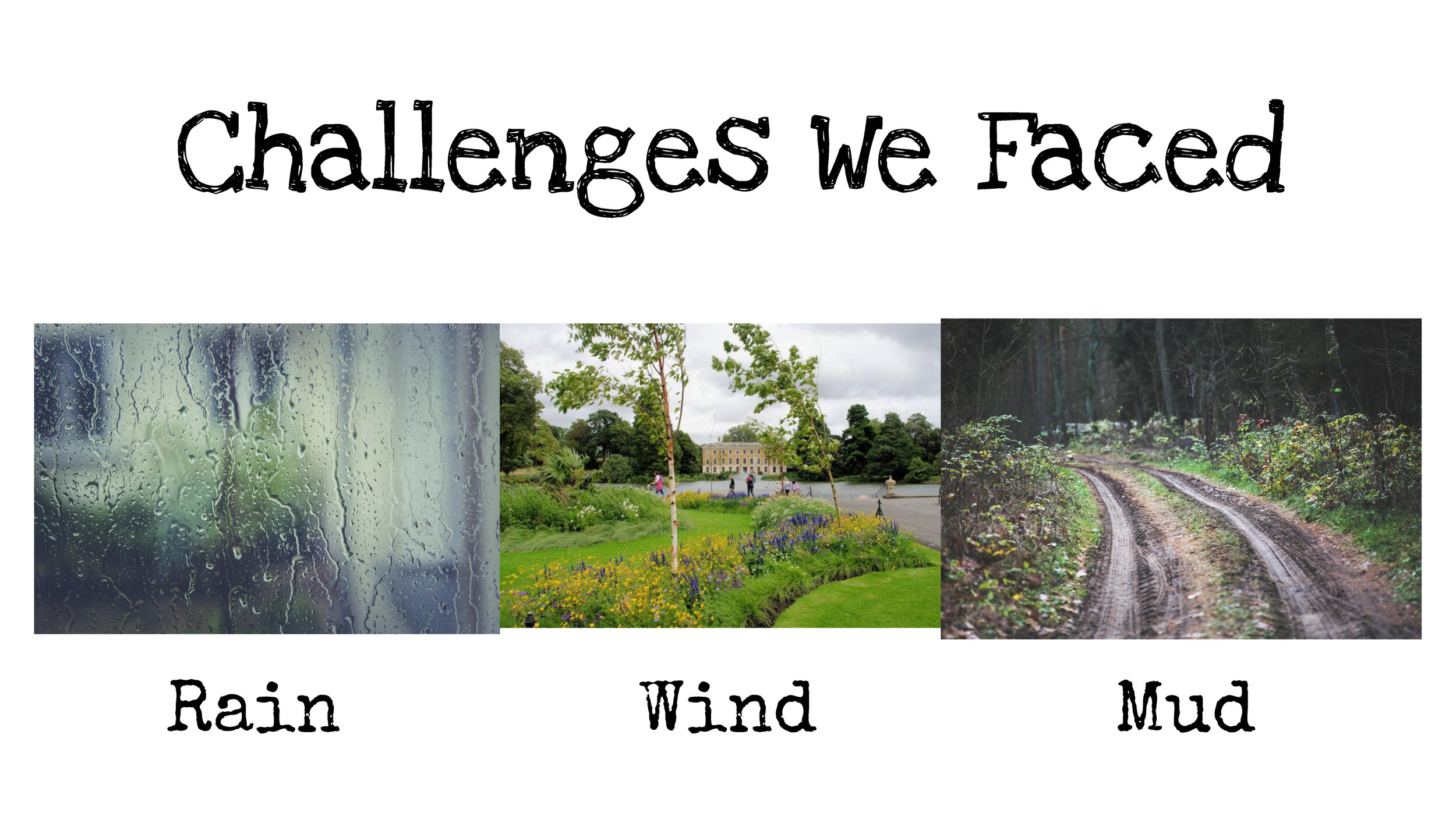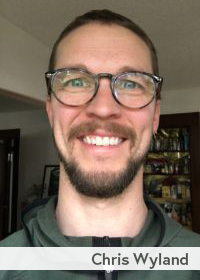Exemplar Type: UNIT
Title: Science and Service Learning
Grades: 3-5
Discipline: Science
Submitted By: Eileen Merritt
Science and Service Learning
We believe that high quality service-learning instruction engages and motivates students and teaches important science concepts and collaborative skills. Students who participate in service-learning gain the knowledge, attitudes and skills needed to become an engaged citizen and solve environmental challenges that lie ahead. We strive to support teachers' science instruction, boost students’ collaborative skills, and spark students’ interest in future civic work.
Participants will explore the topics of energy and natural resources in depth, and try new ways of engaging their students in science that align with the three dimensions of the Next Generation Science Standards. Participants will model and teach students the collaborative skills needed to work together to impact authentic problems in their community. Participants will facilitate a high quality service-learning project with their students.
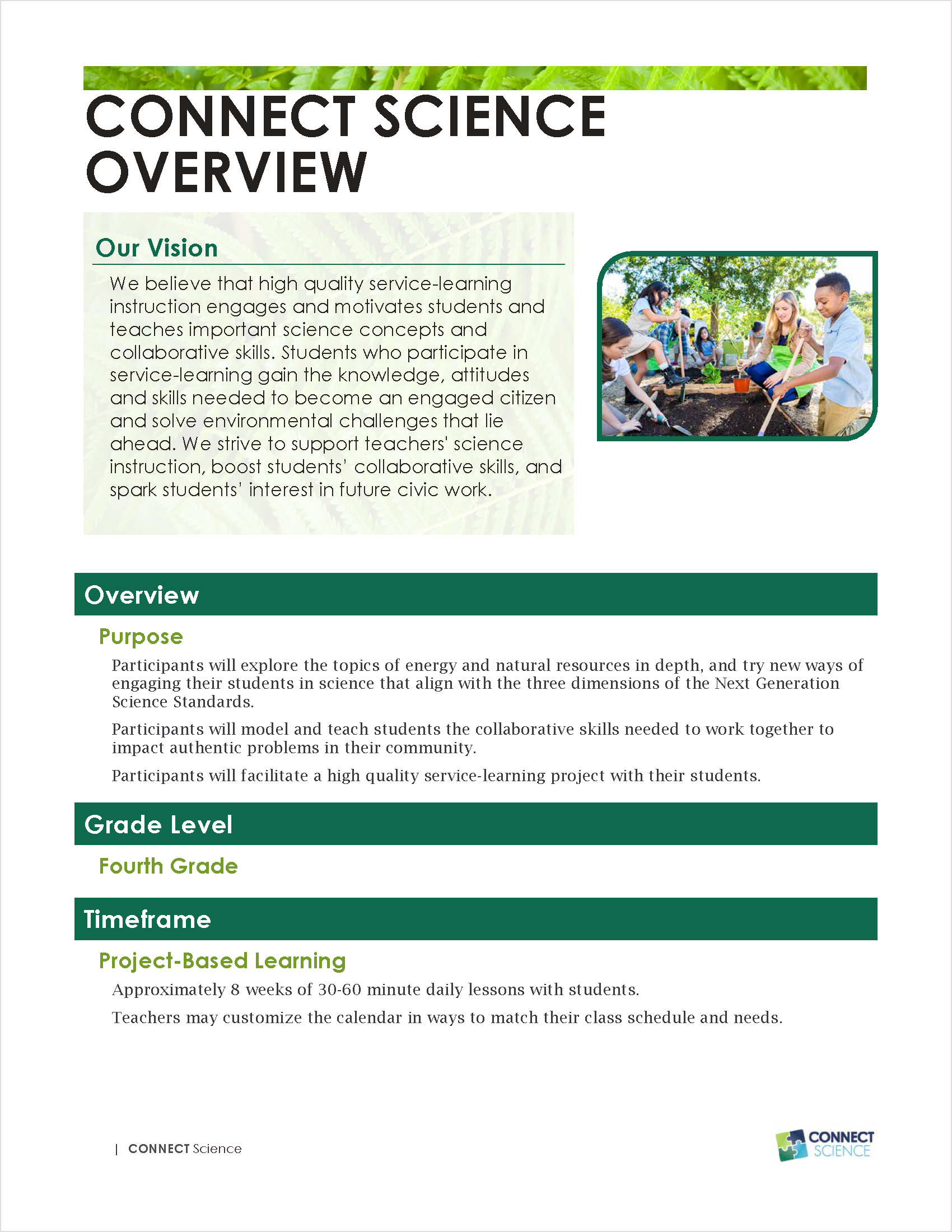
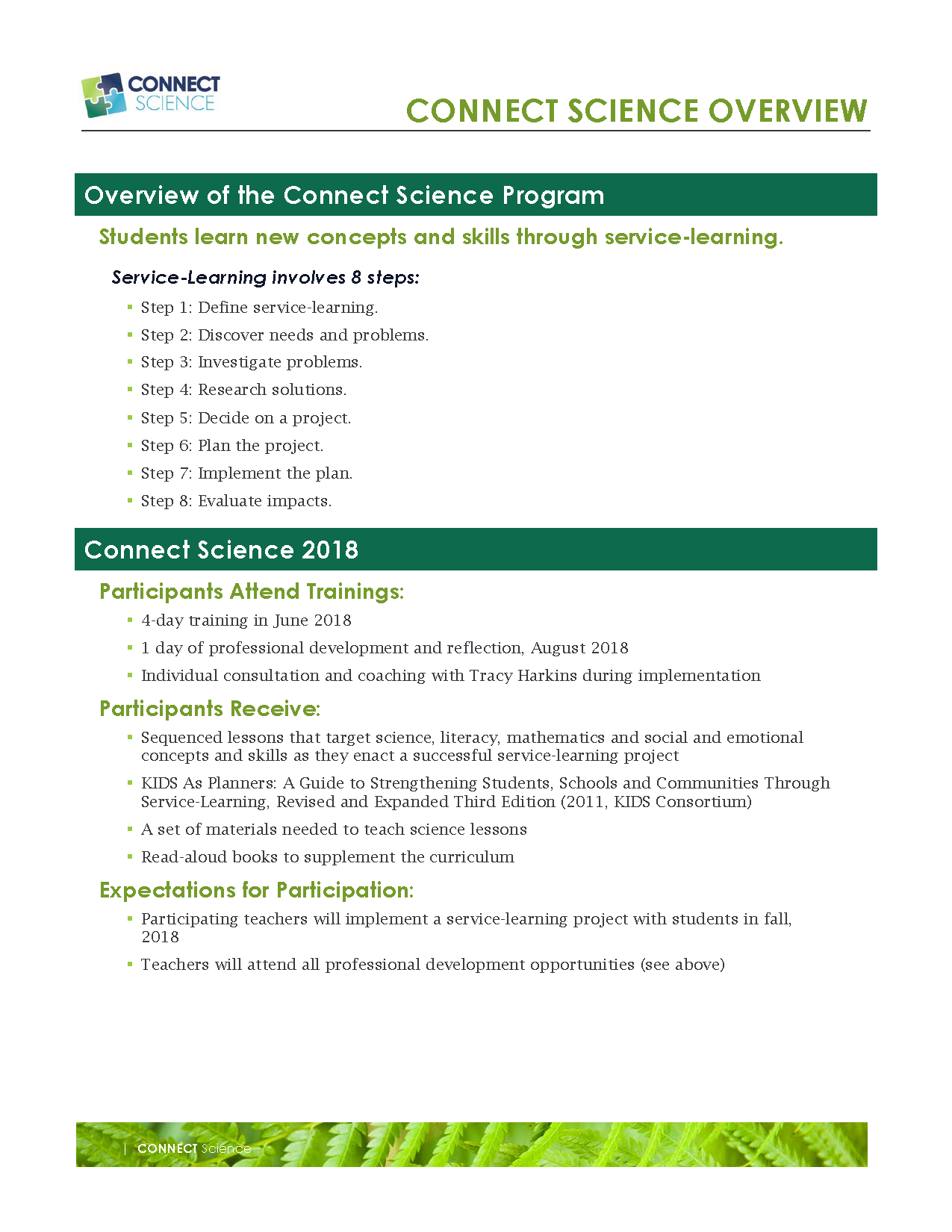
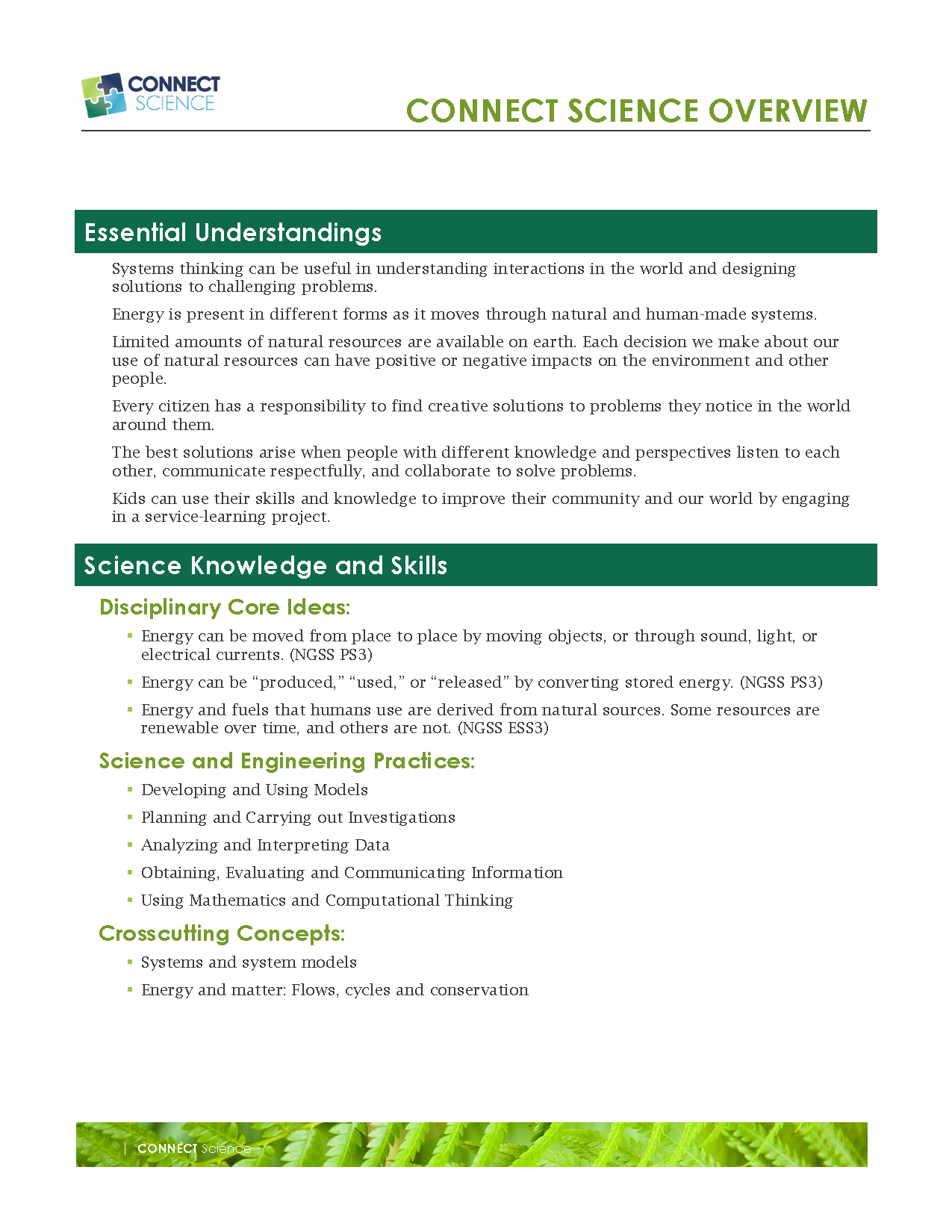
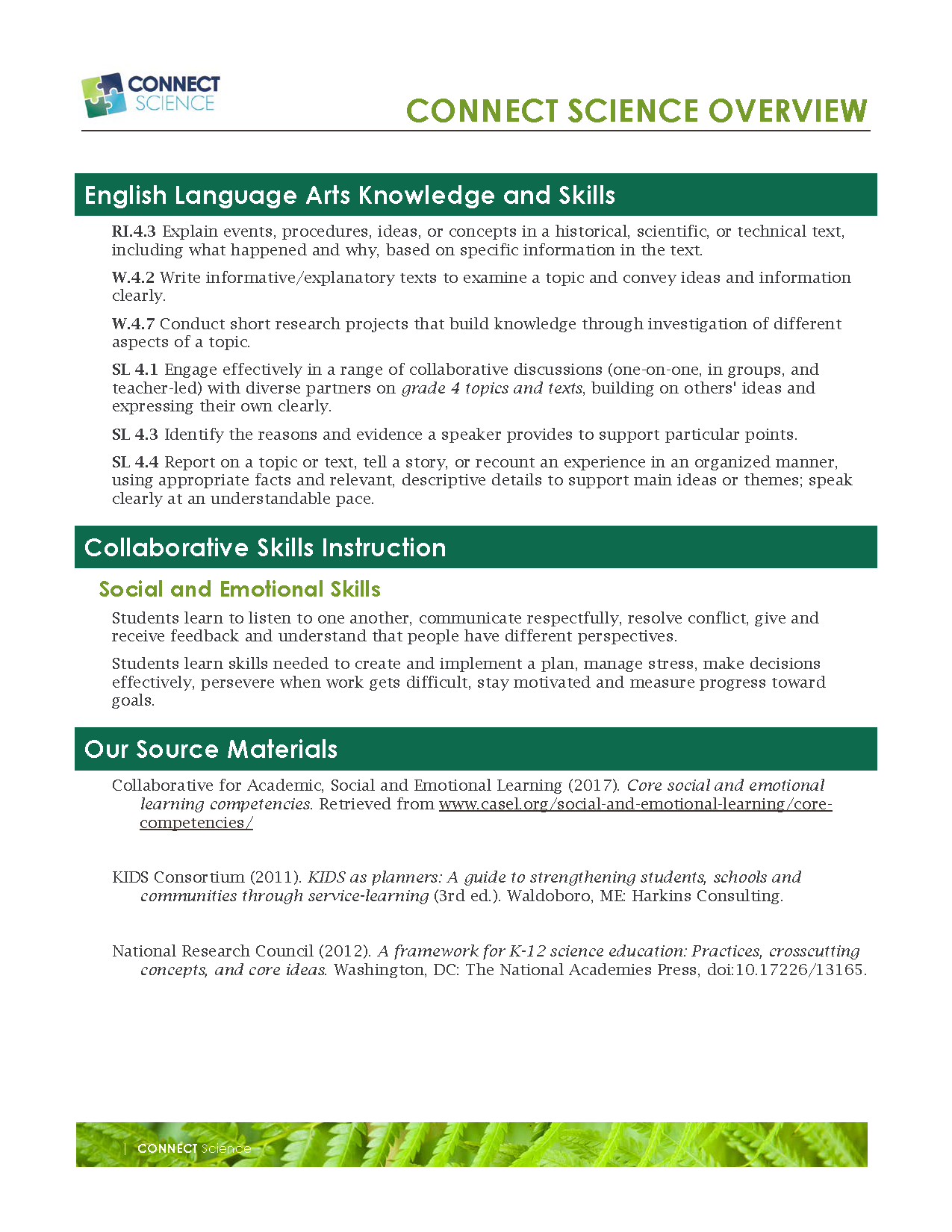
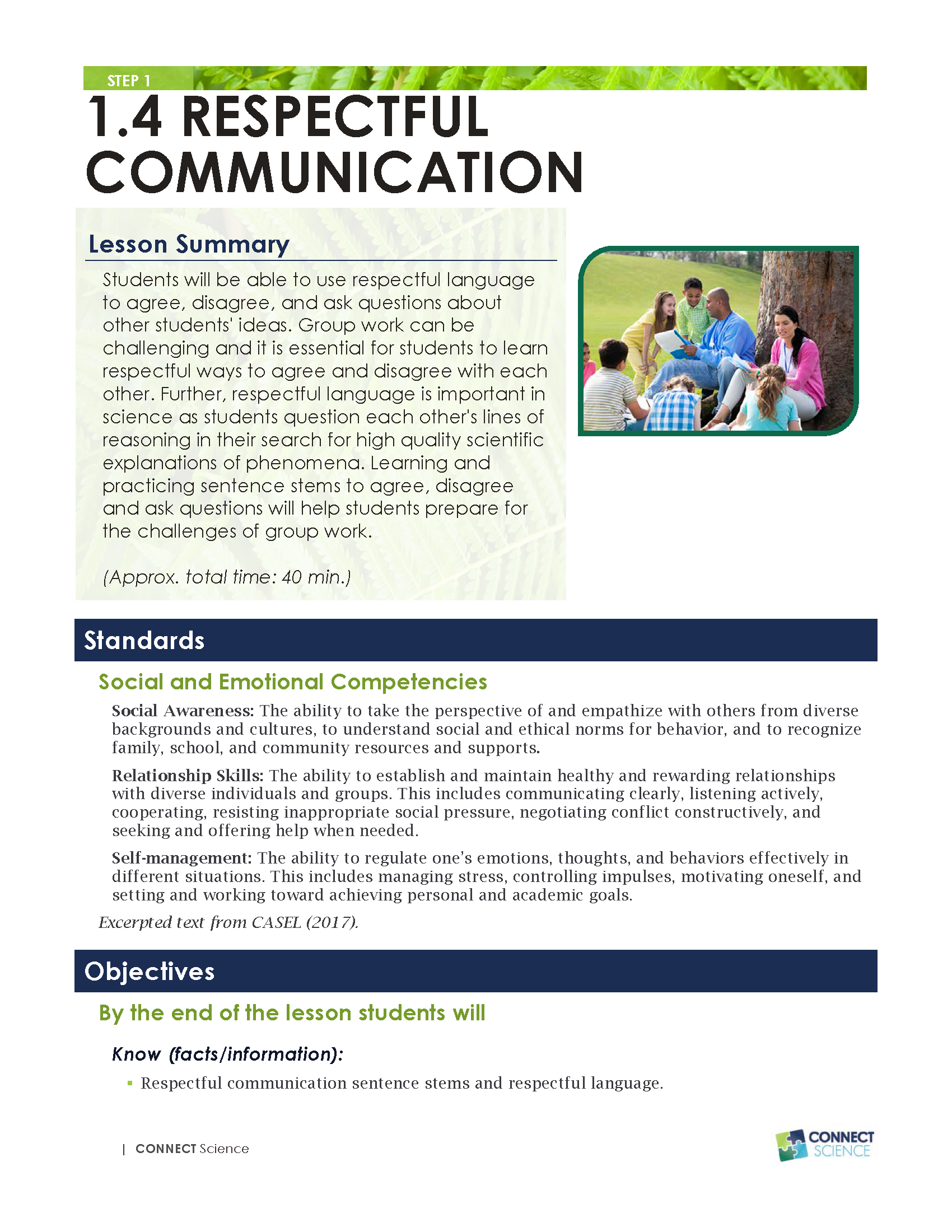


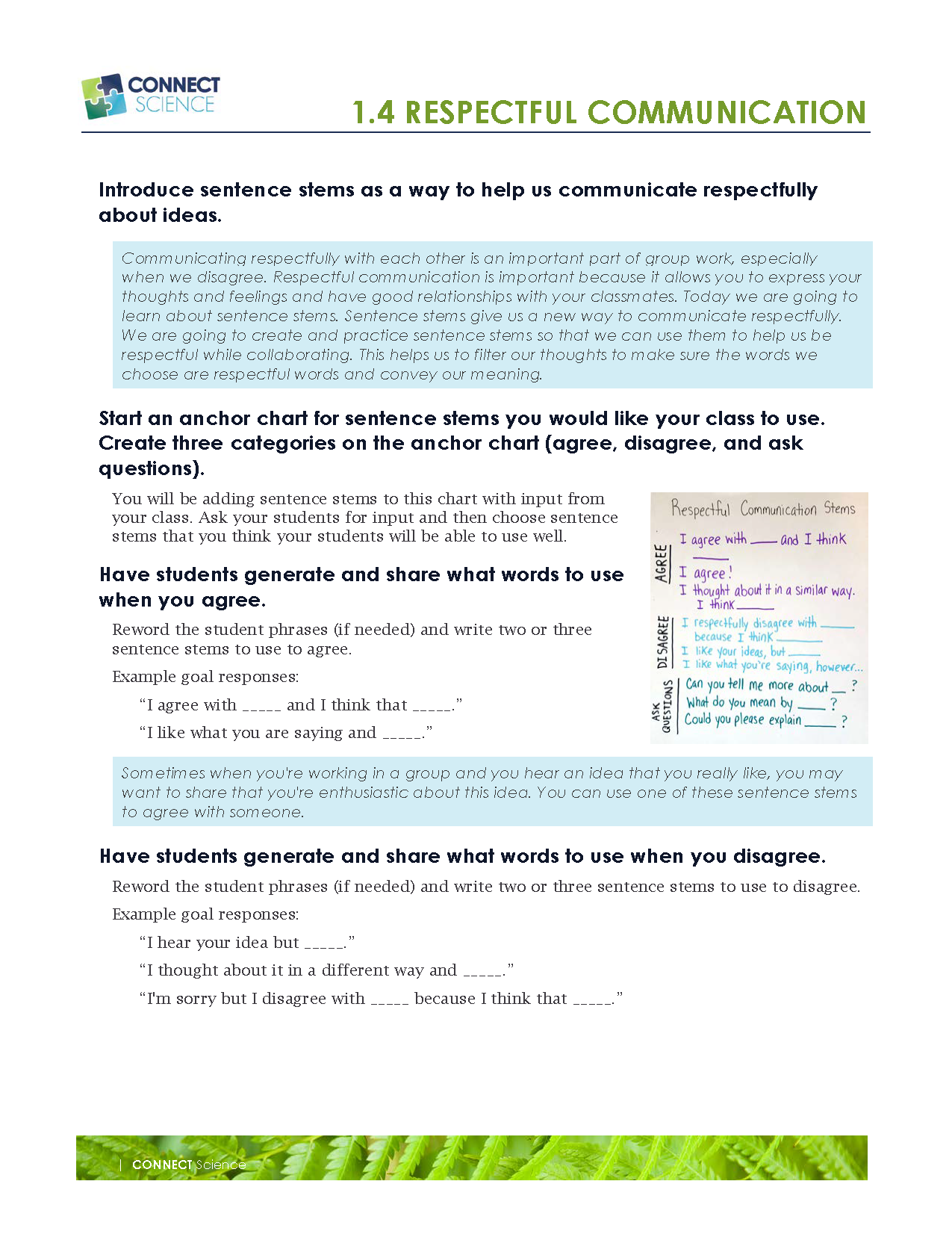

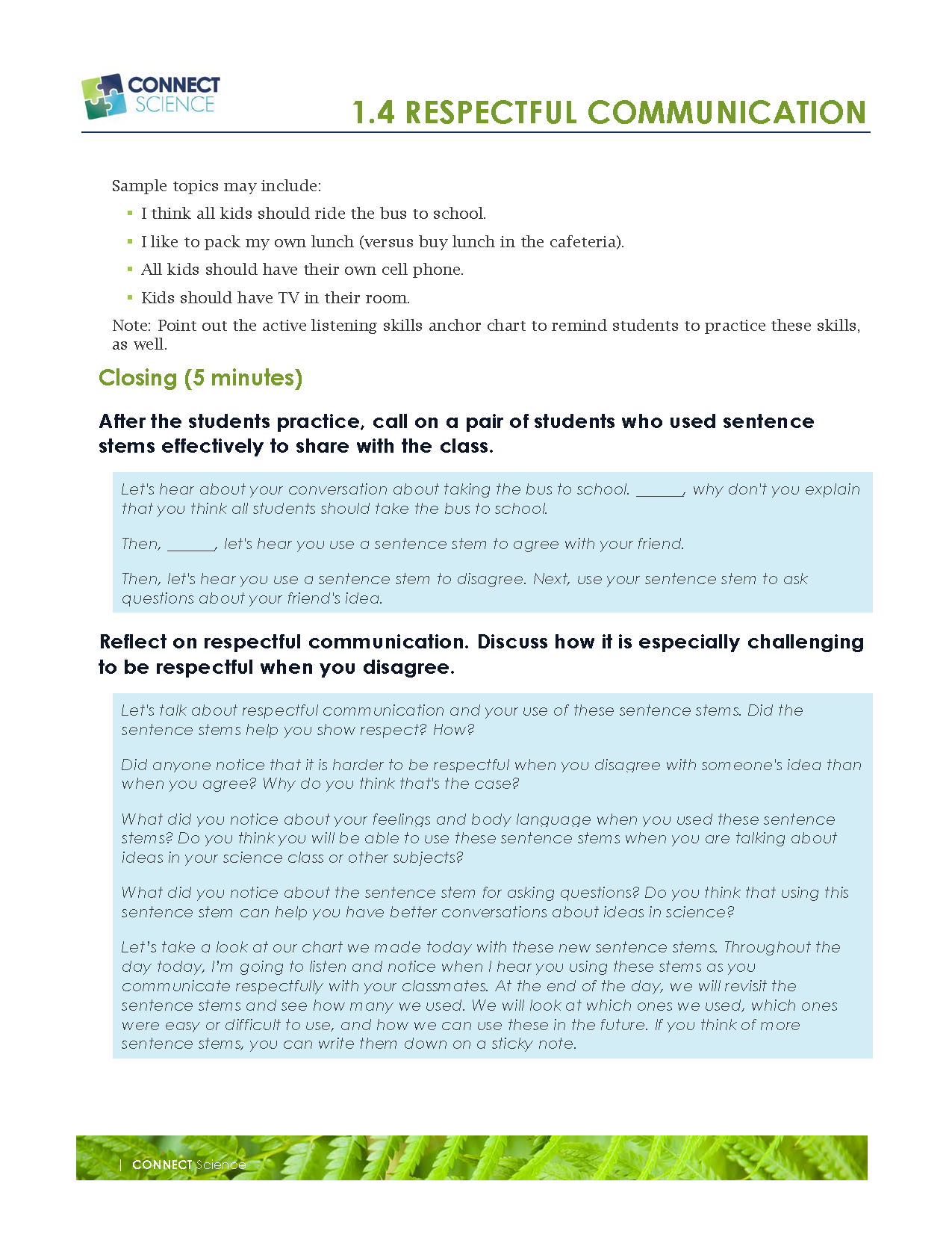

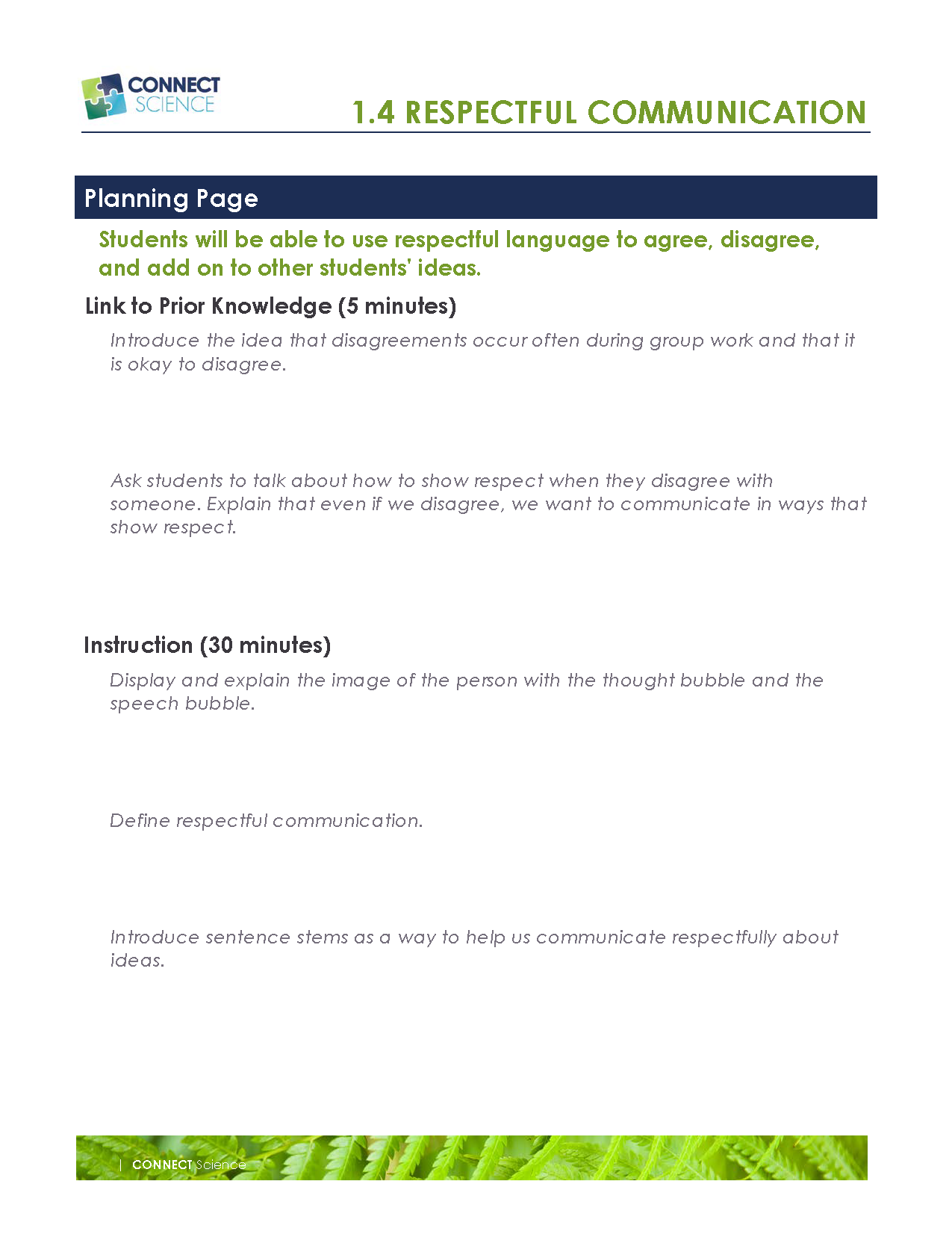
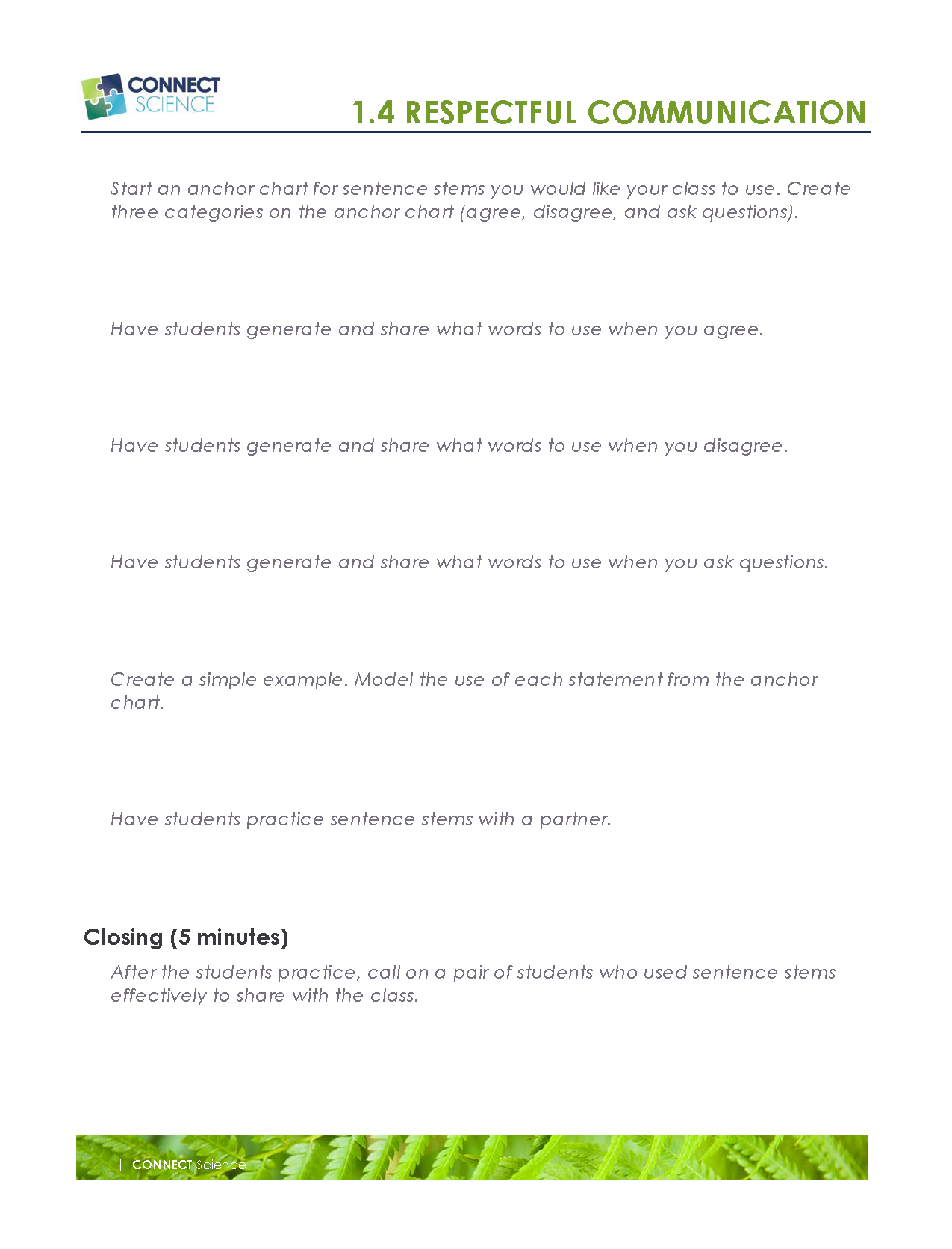
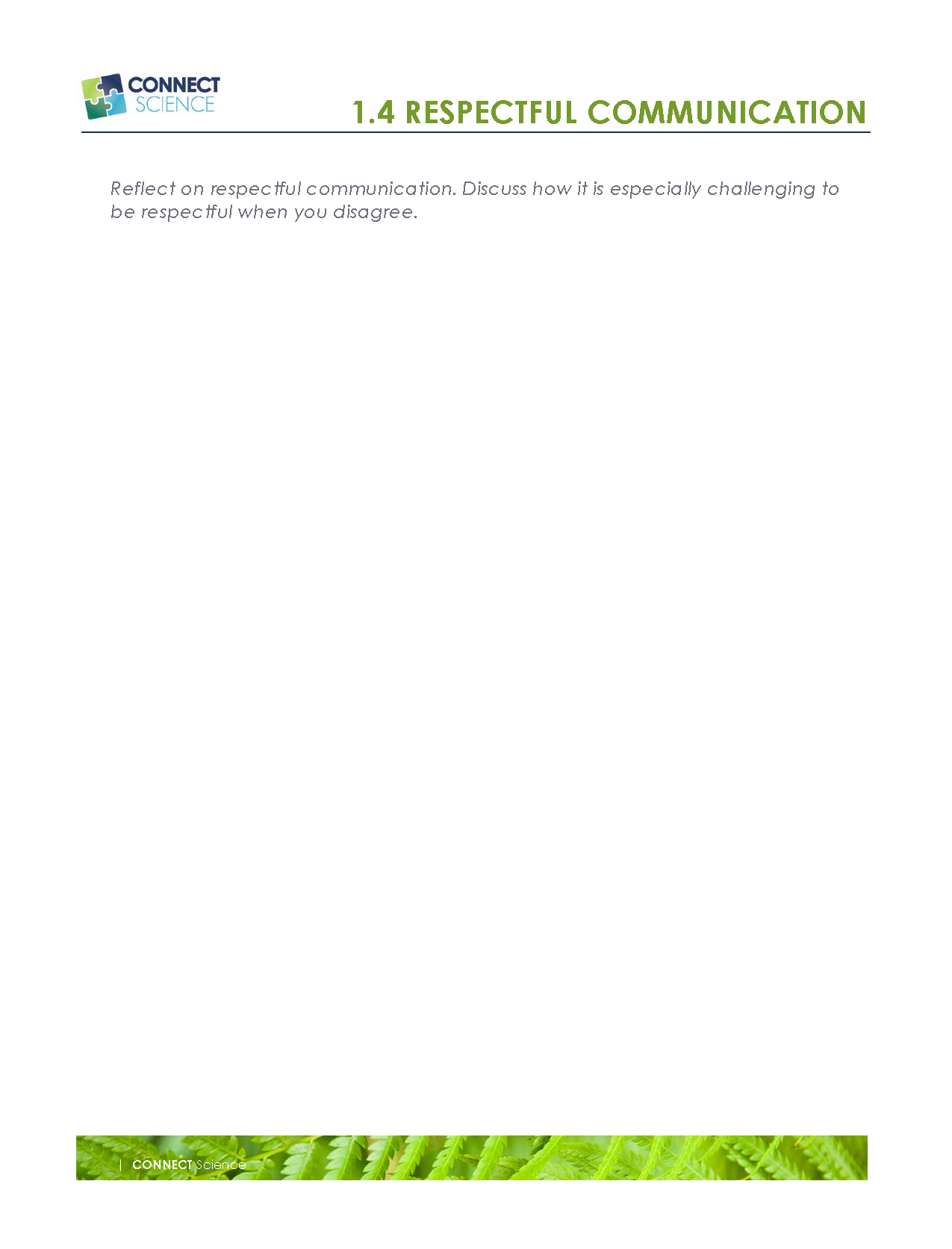
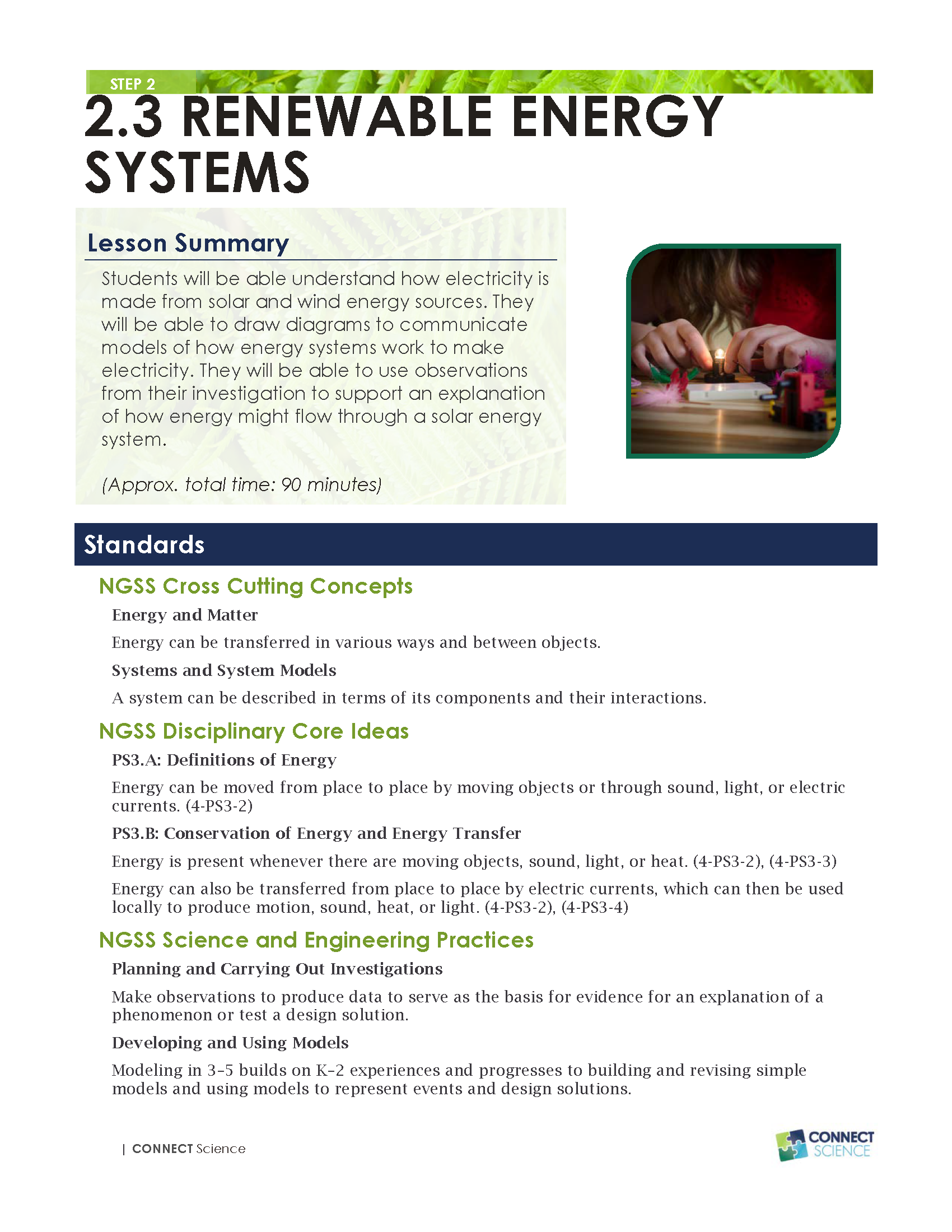

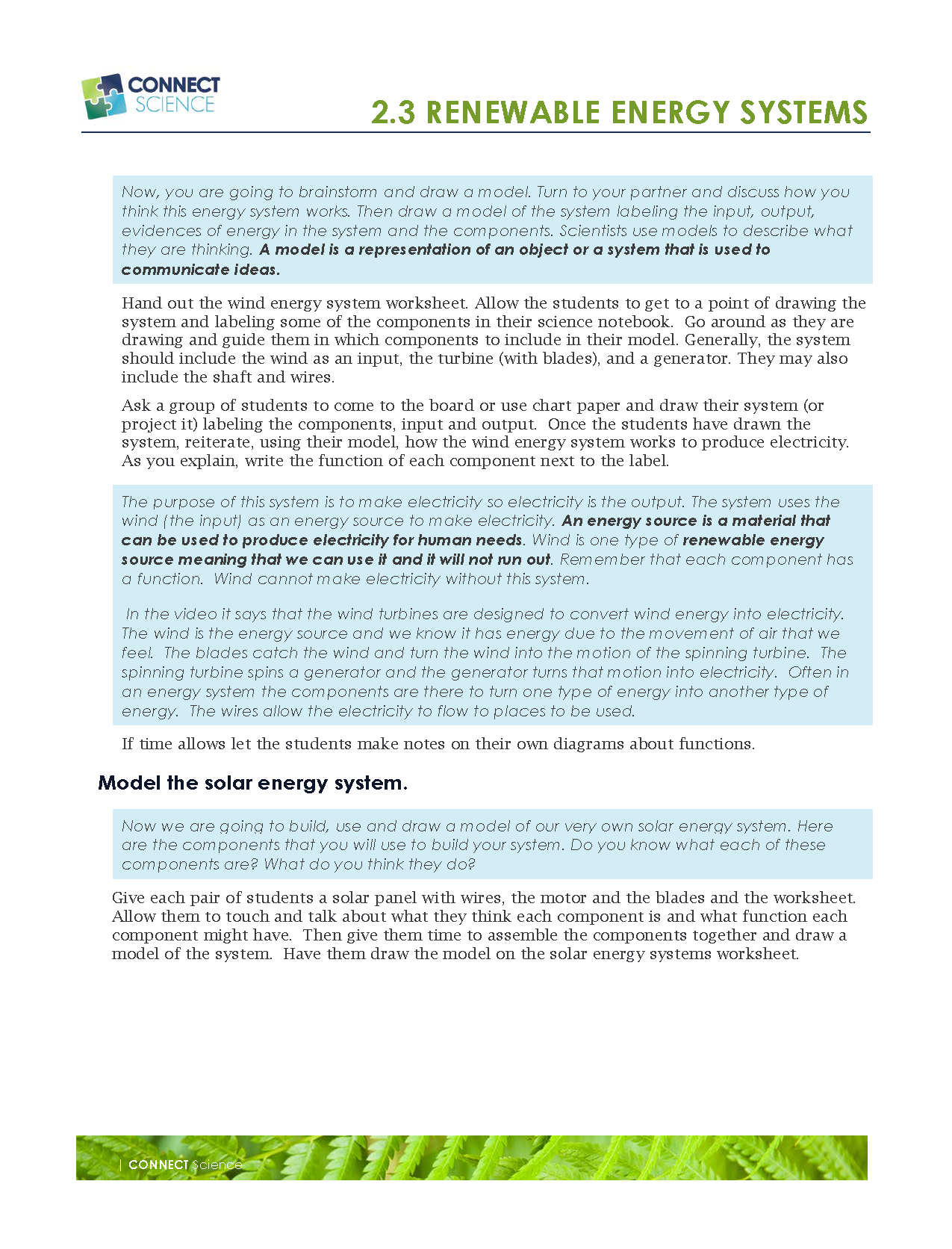

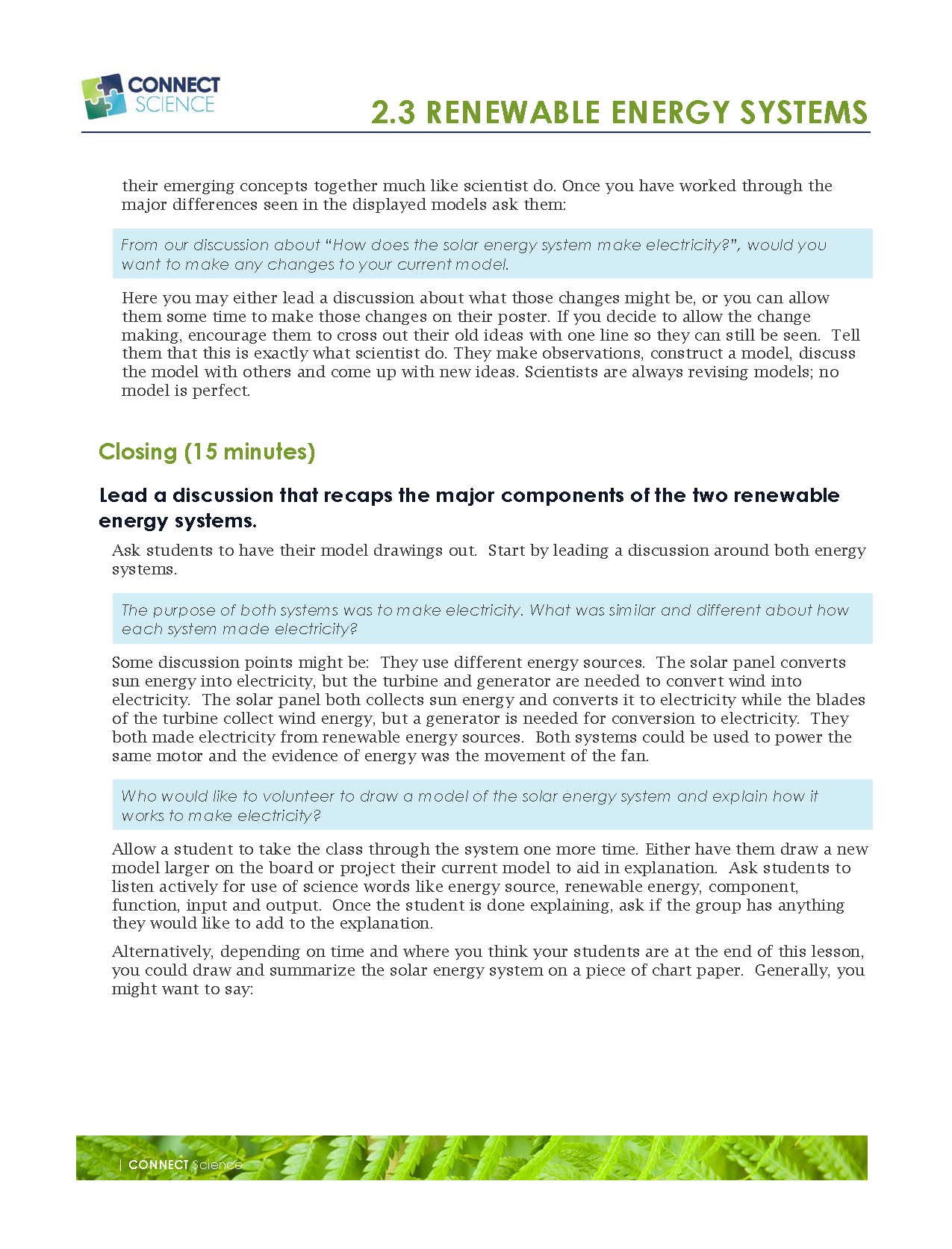
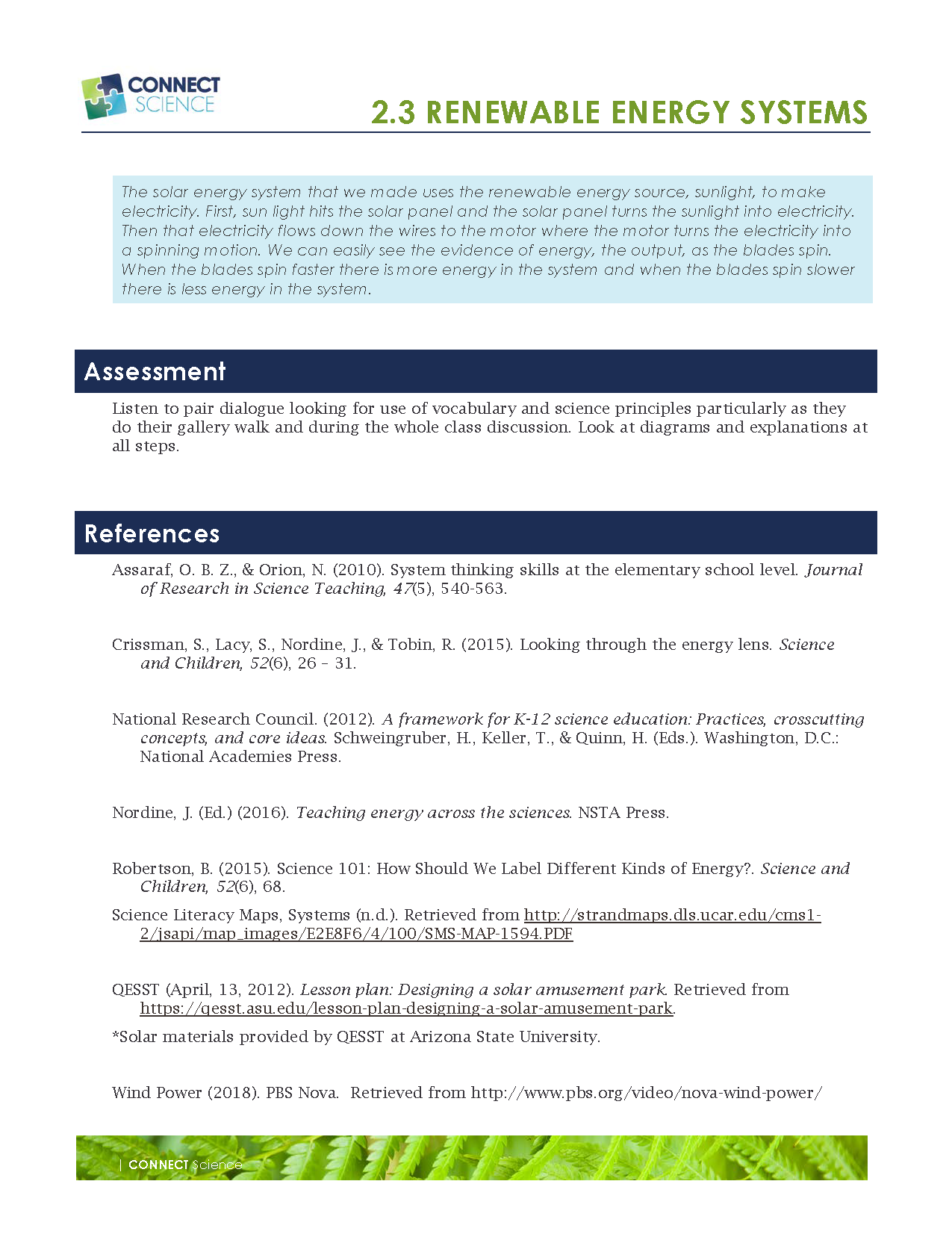
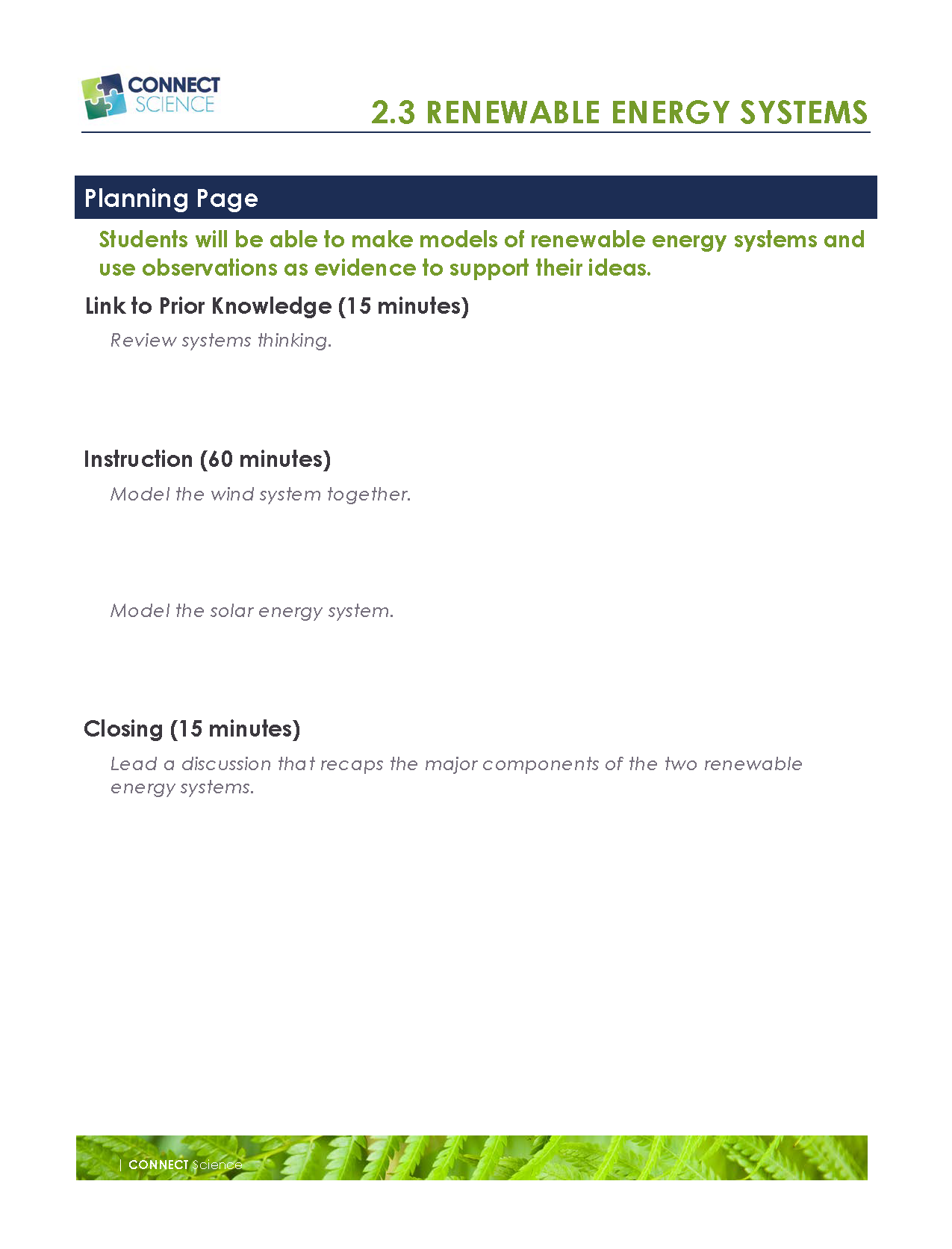
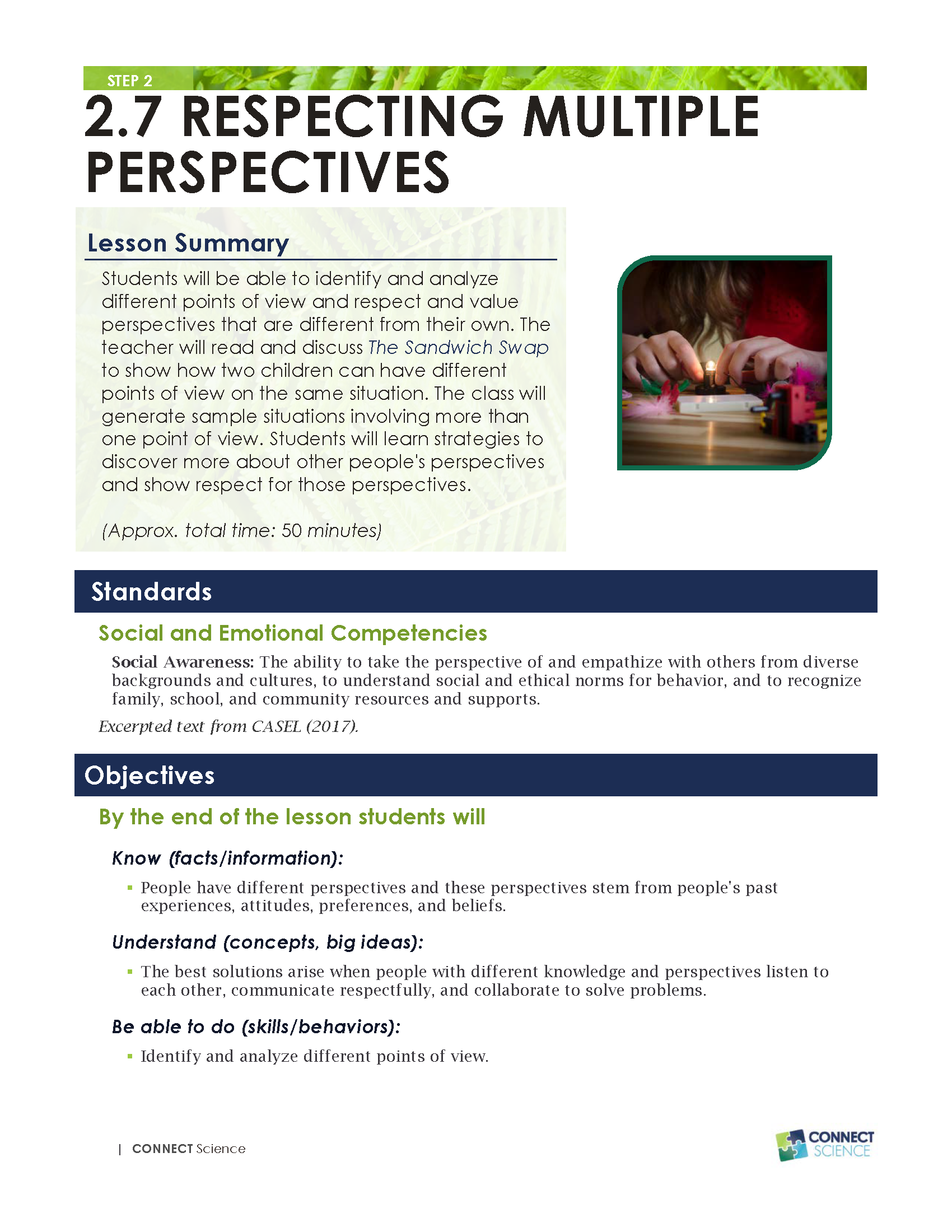



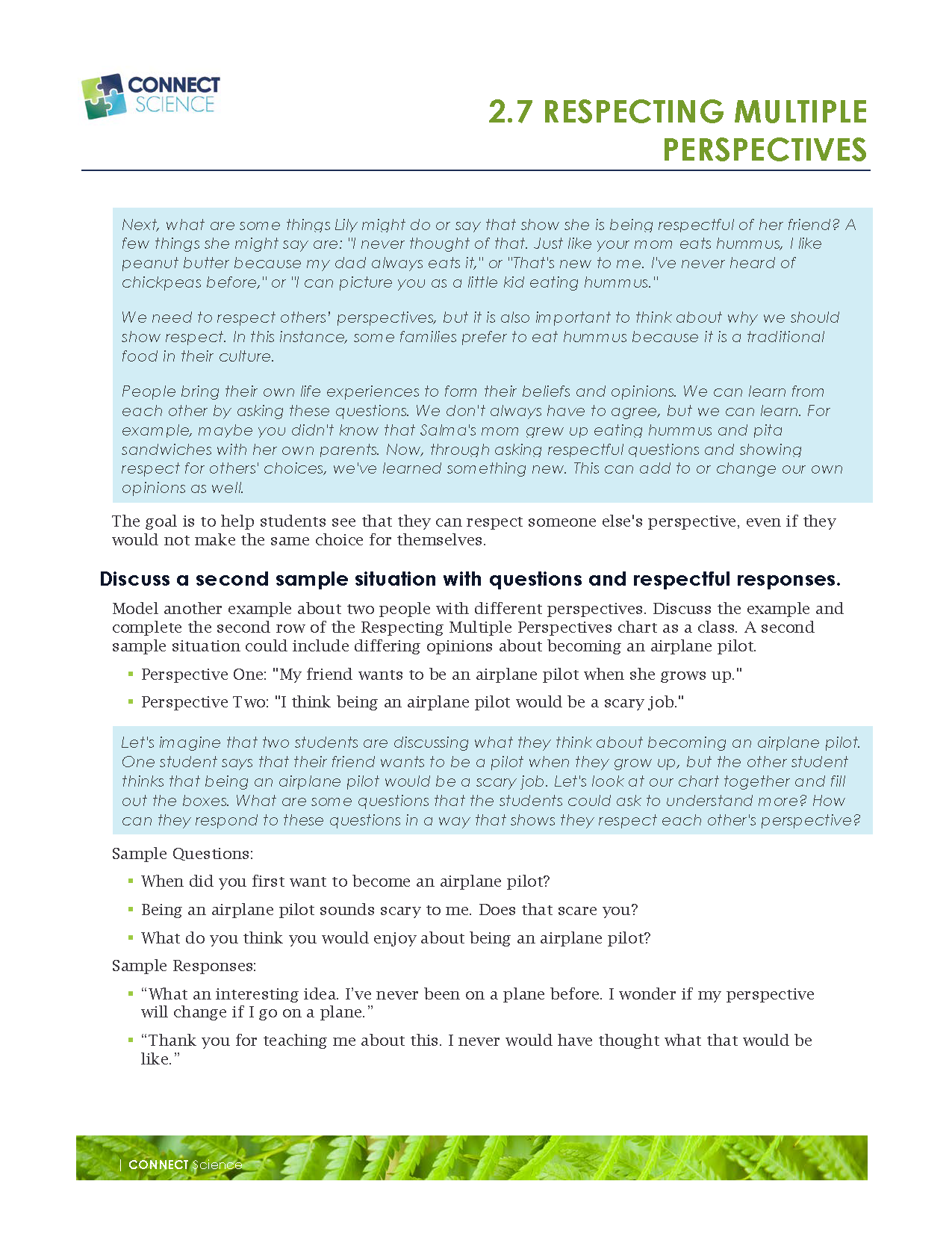

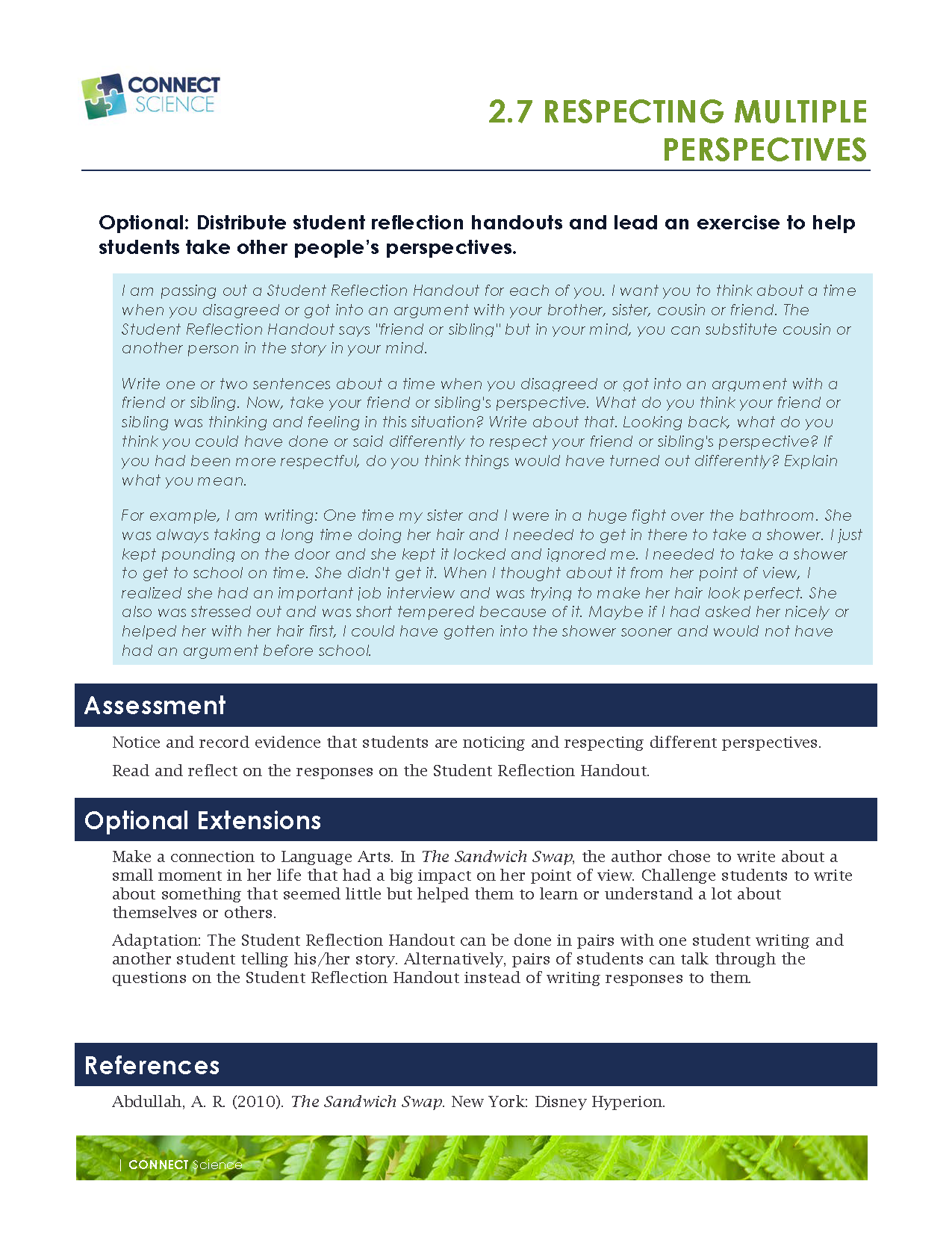
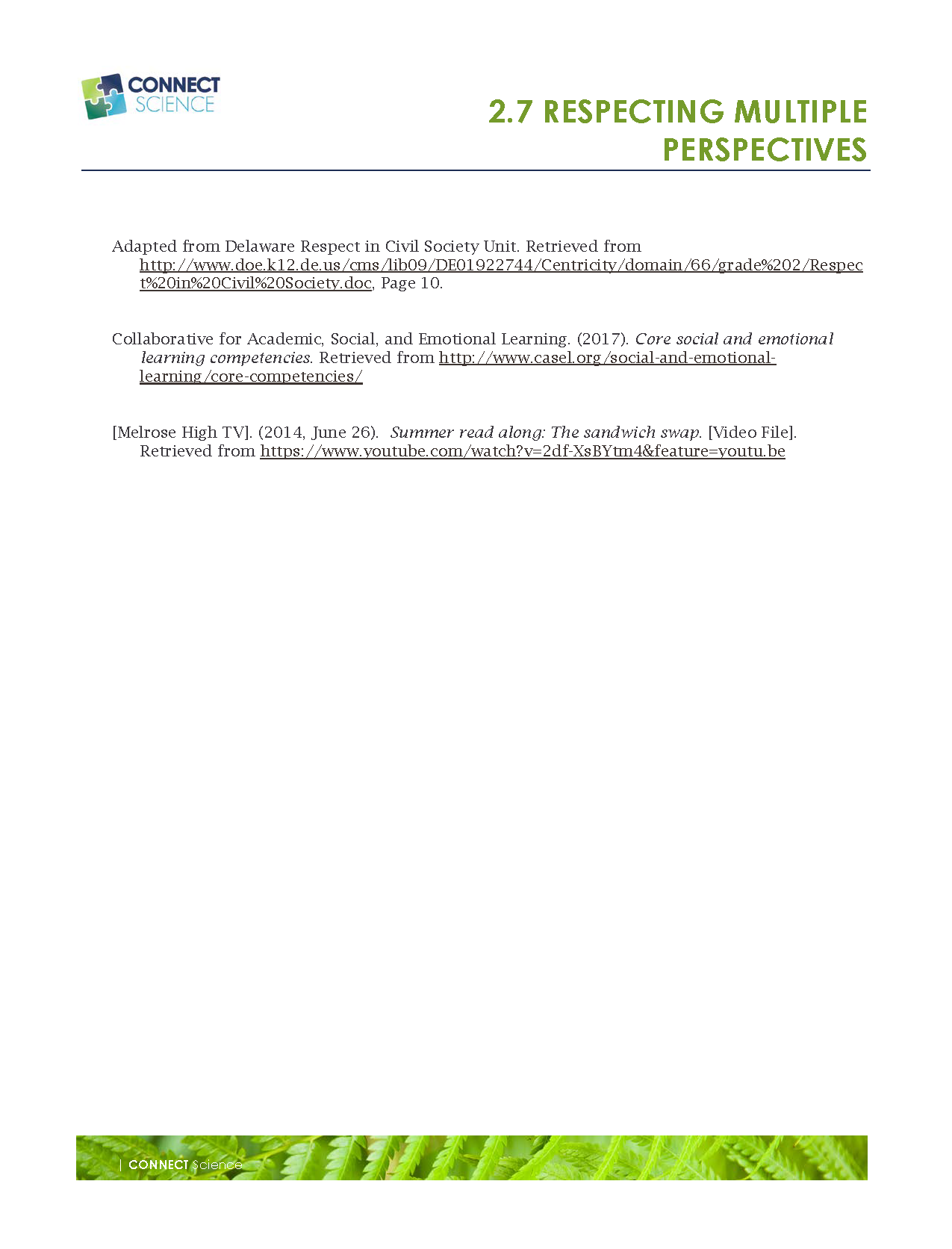
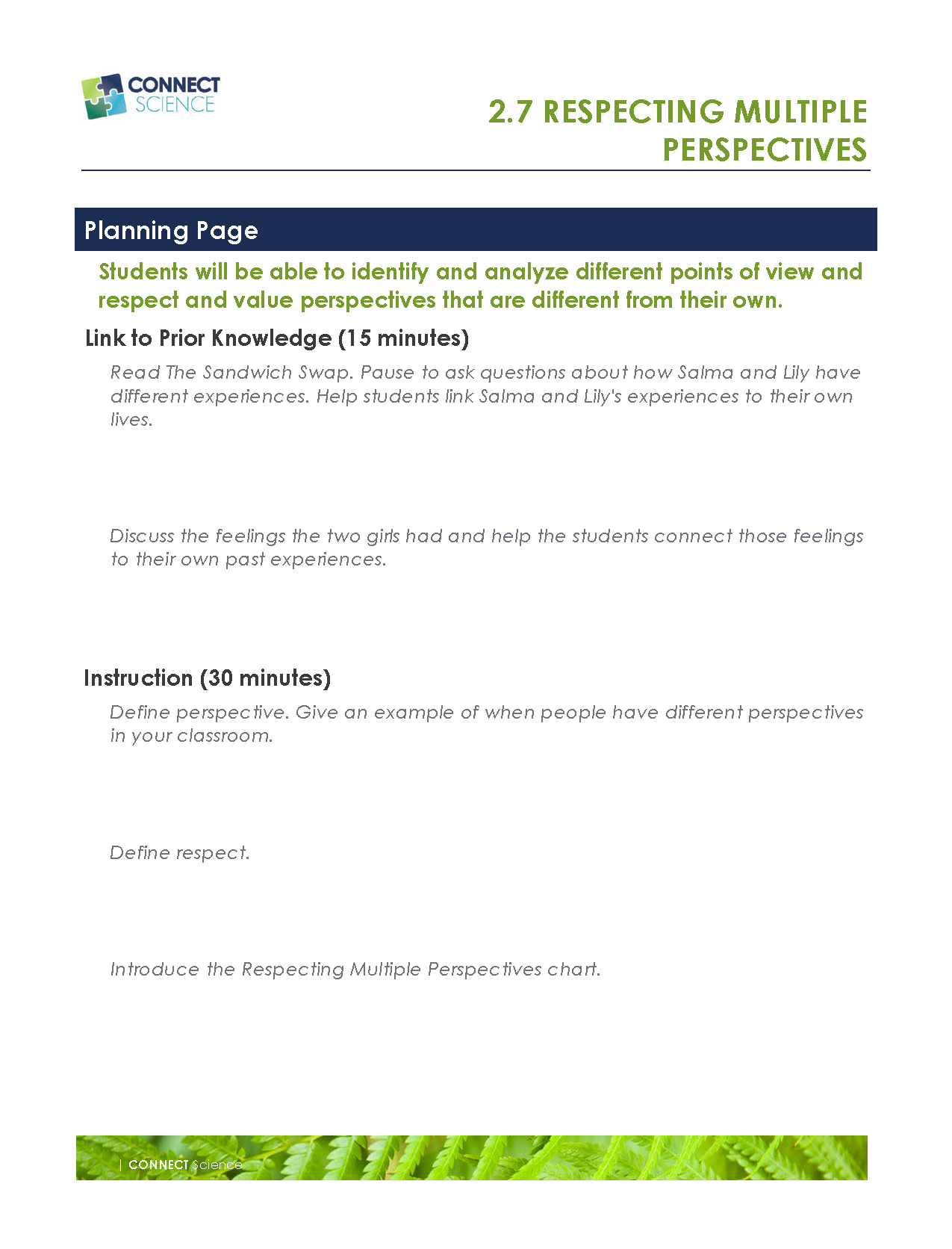


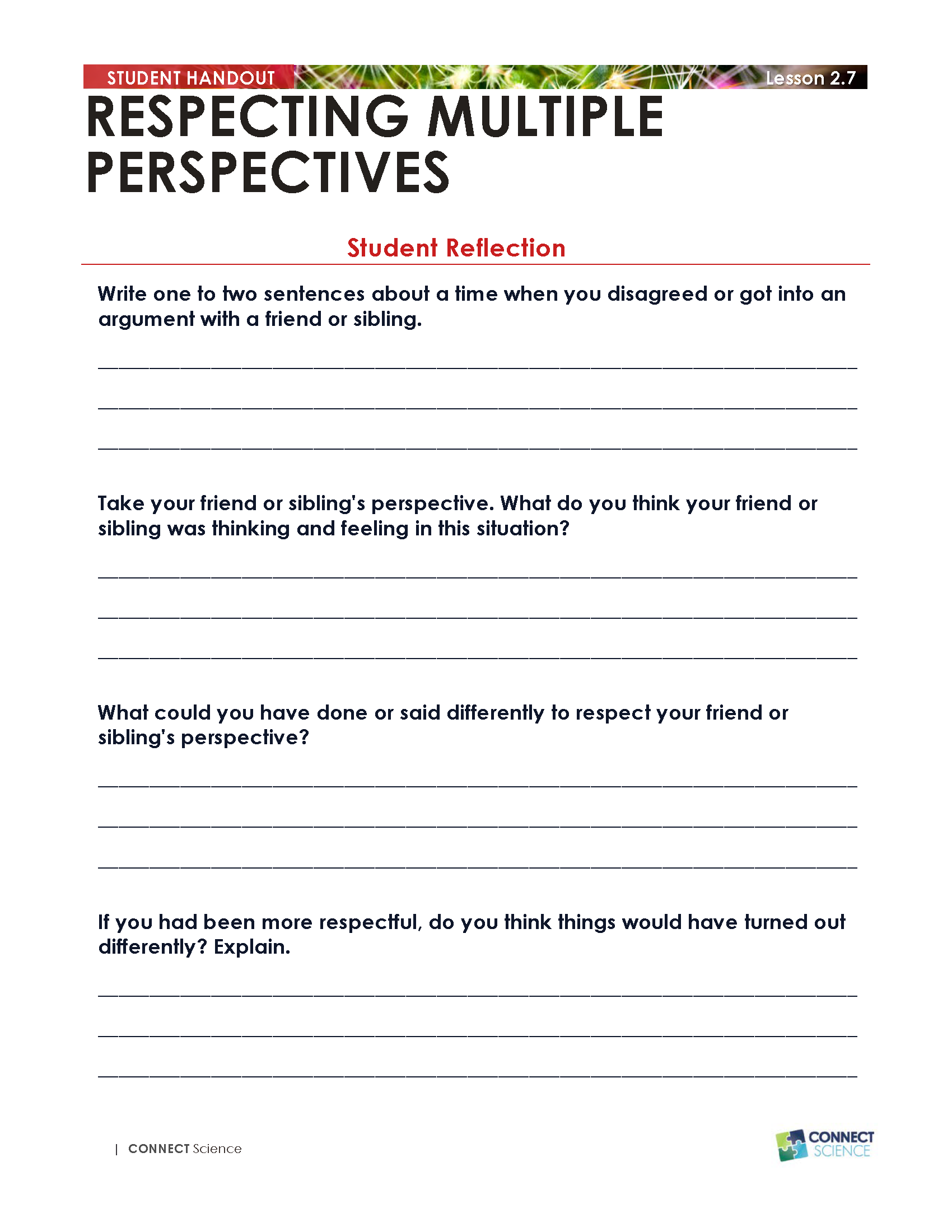
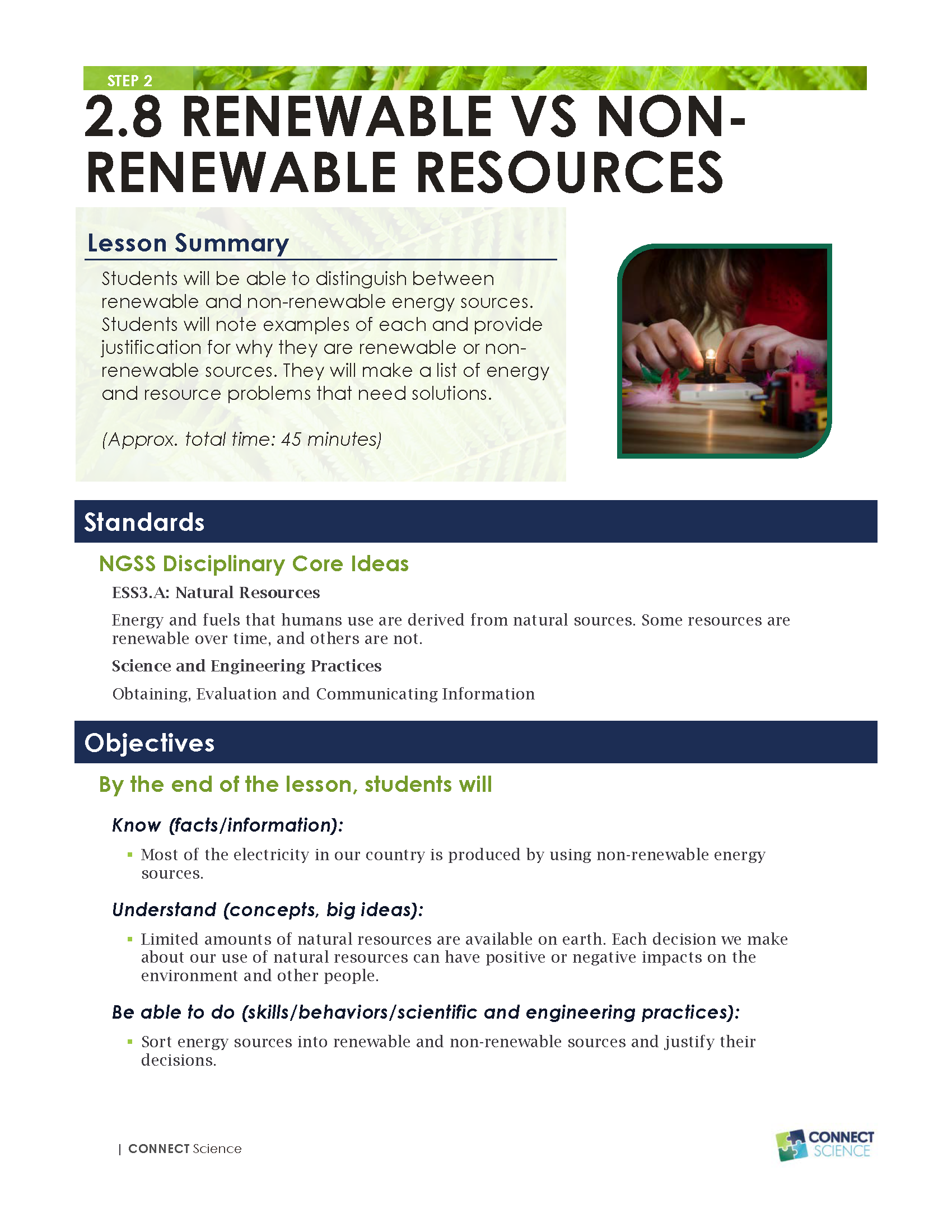
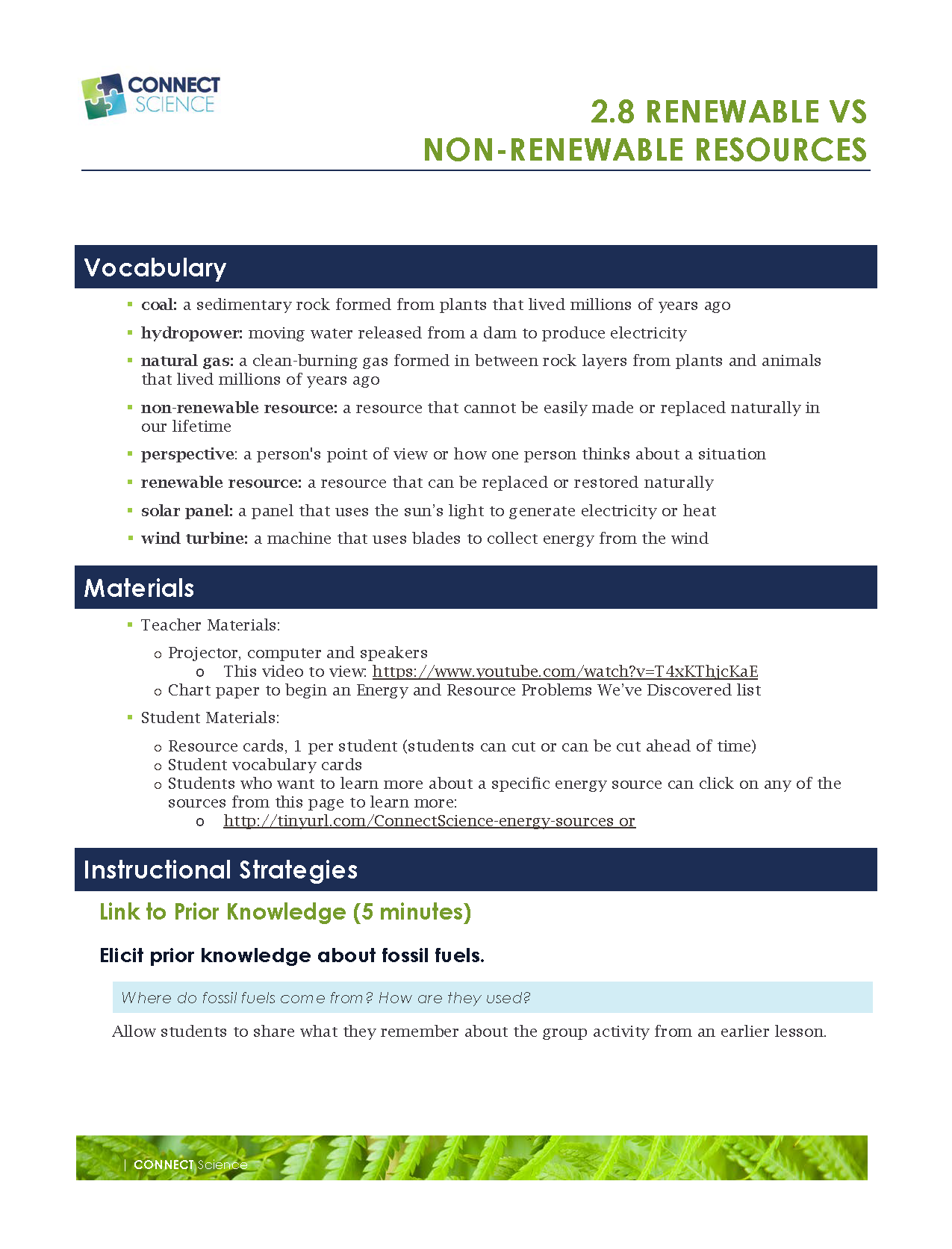
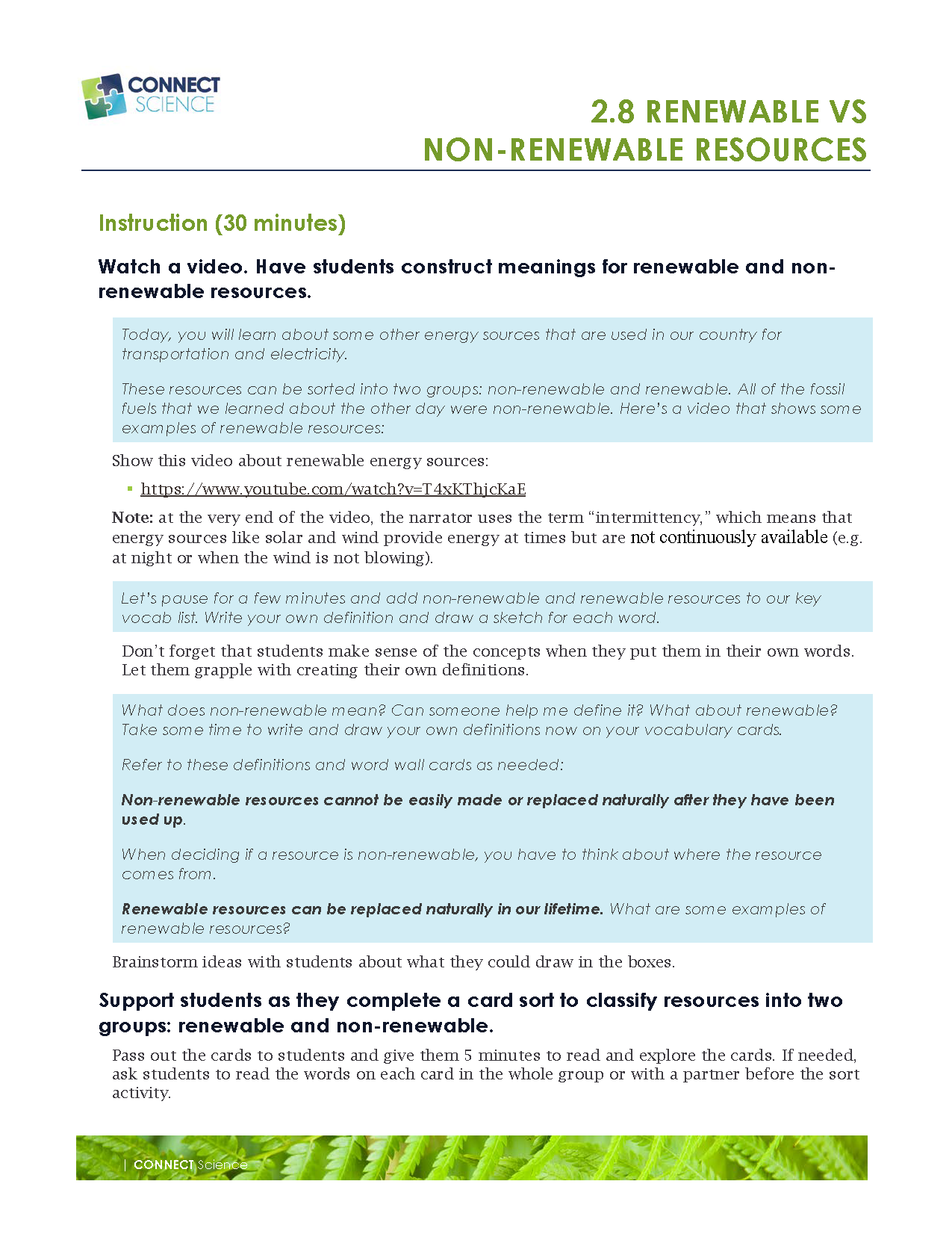
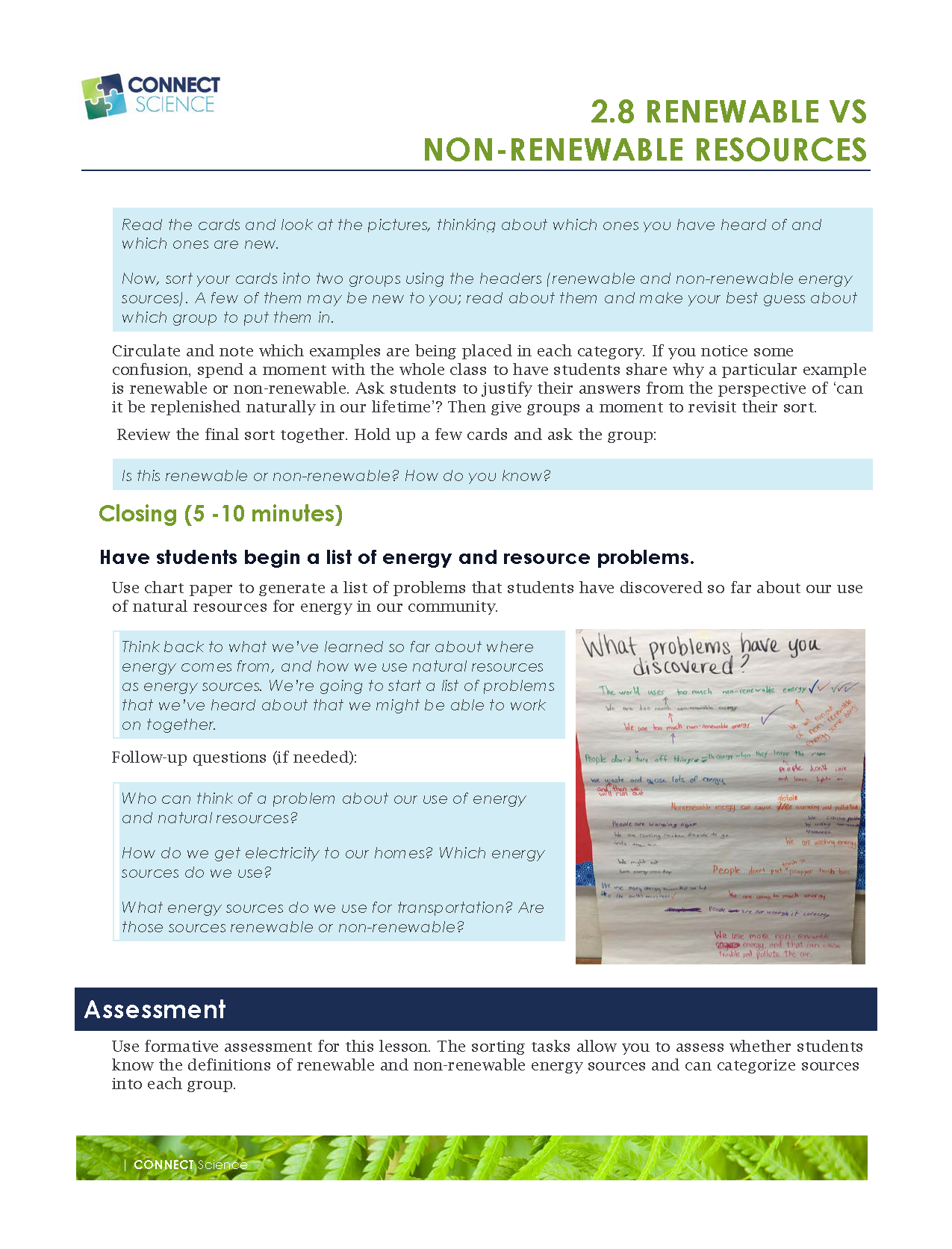
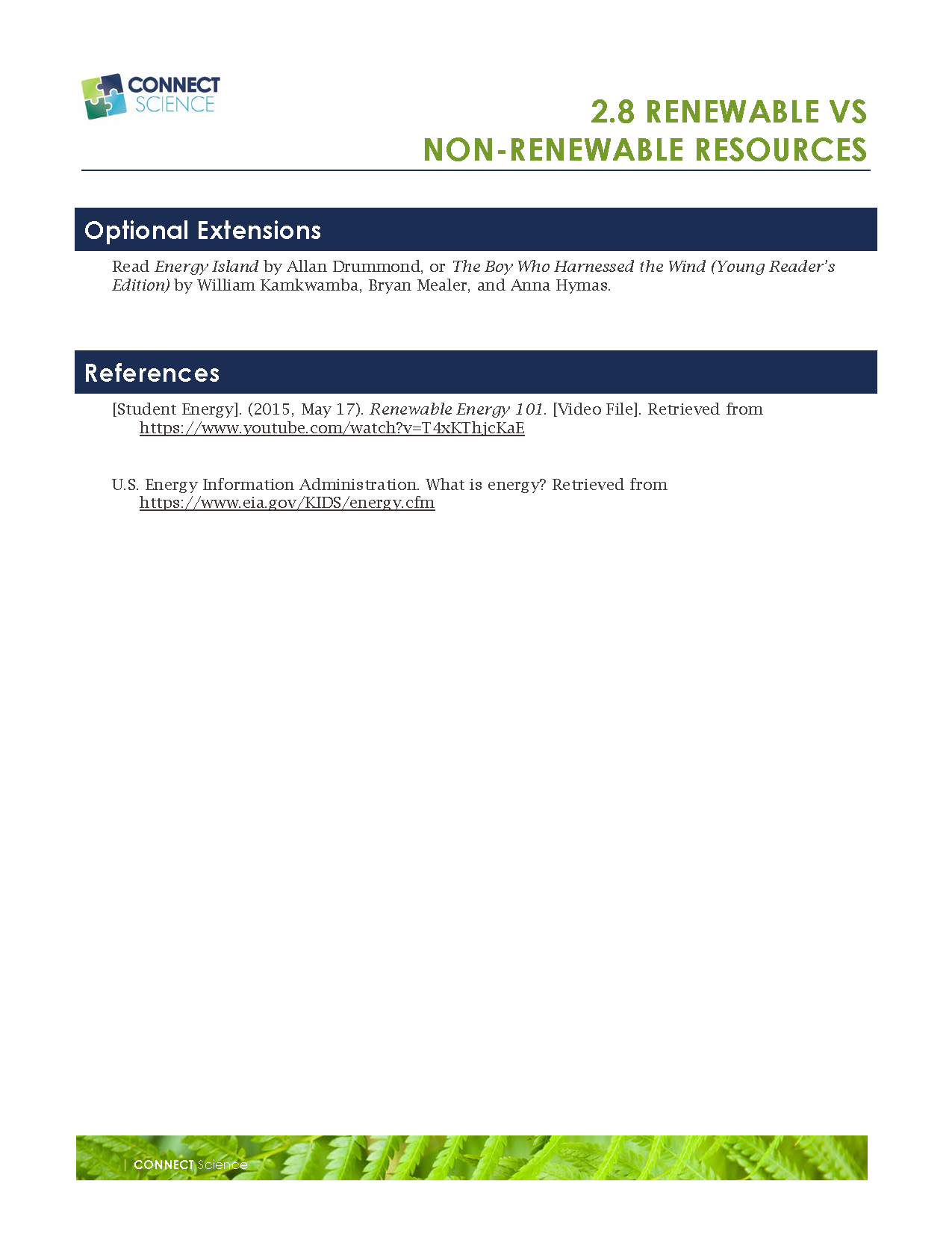
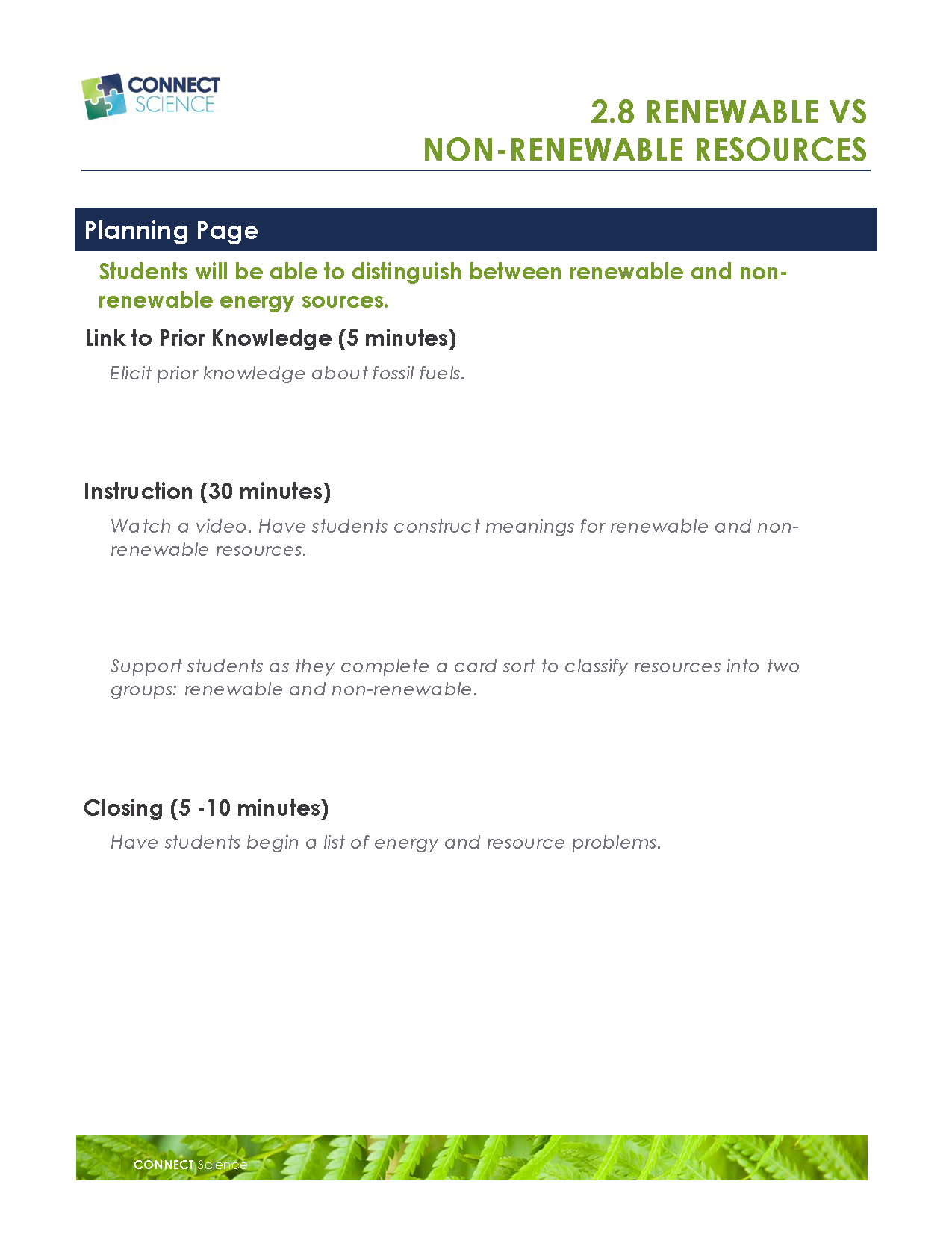

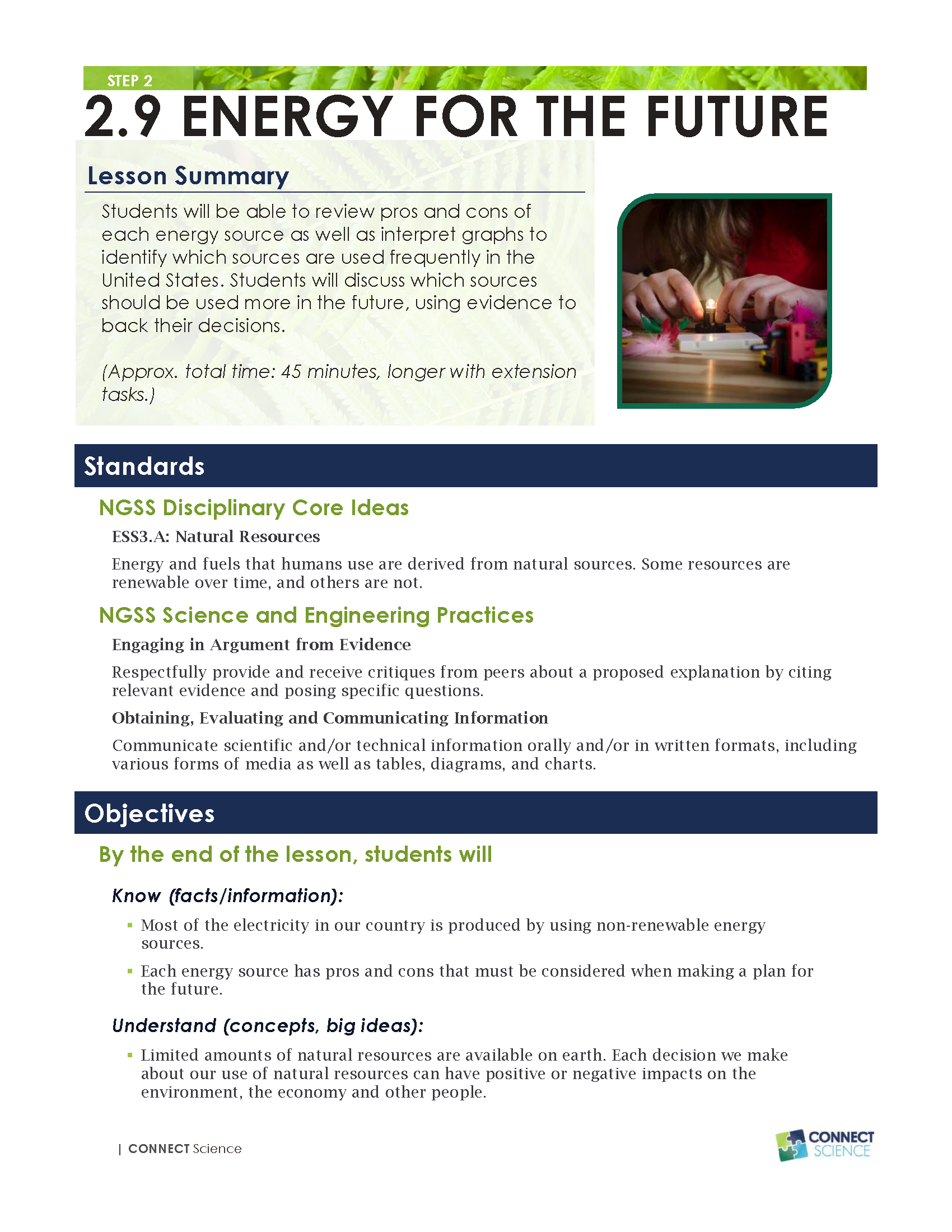
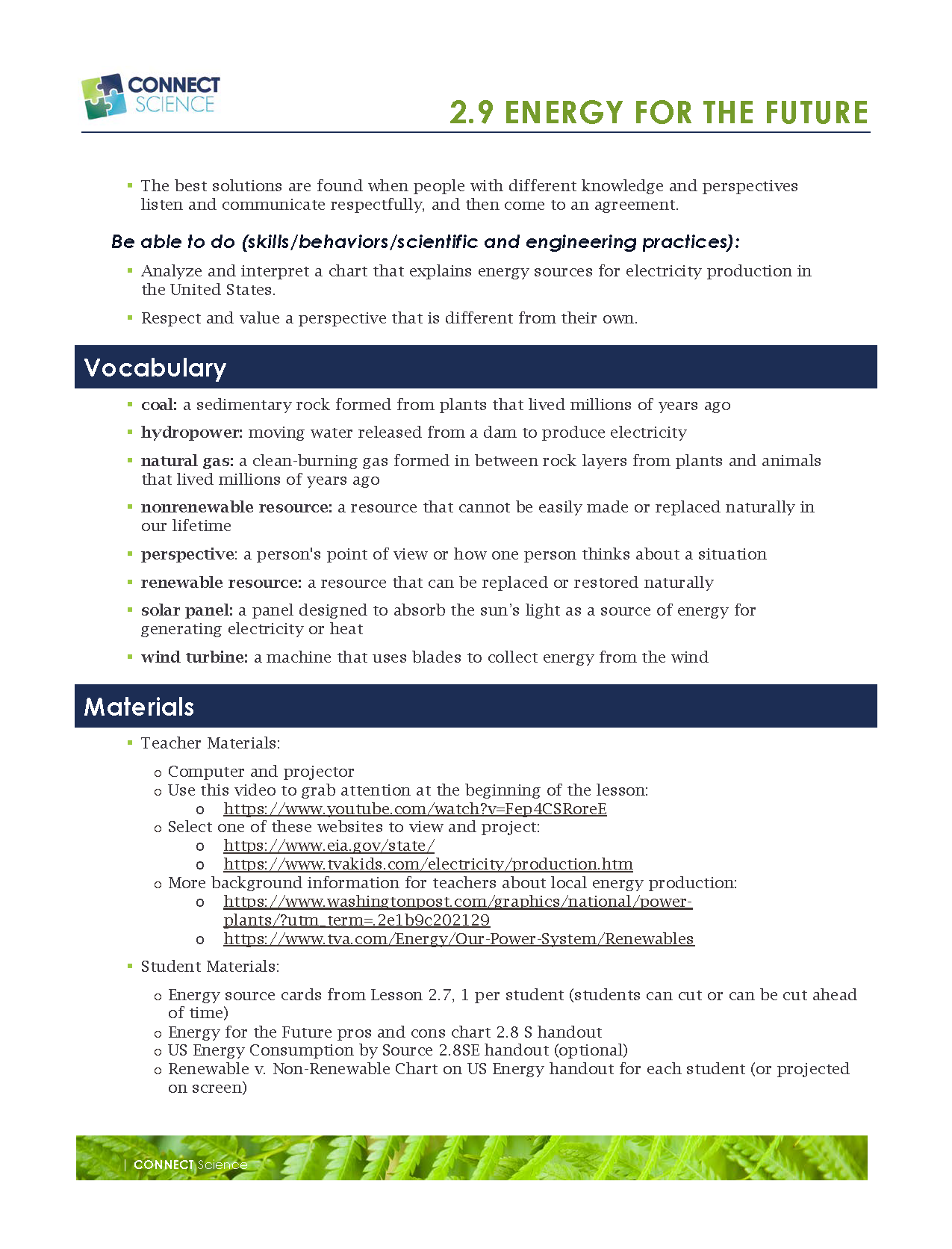
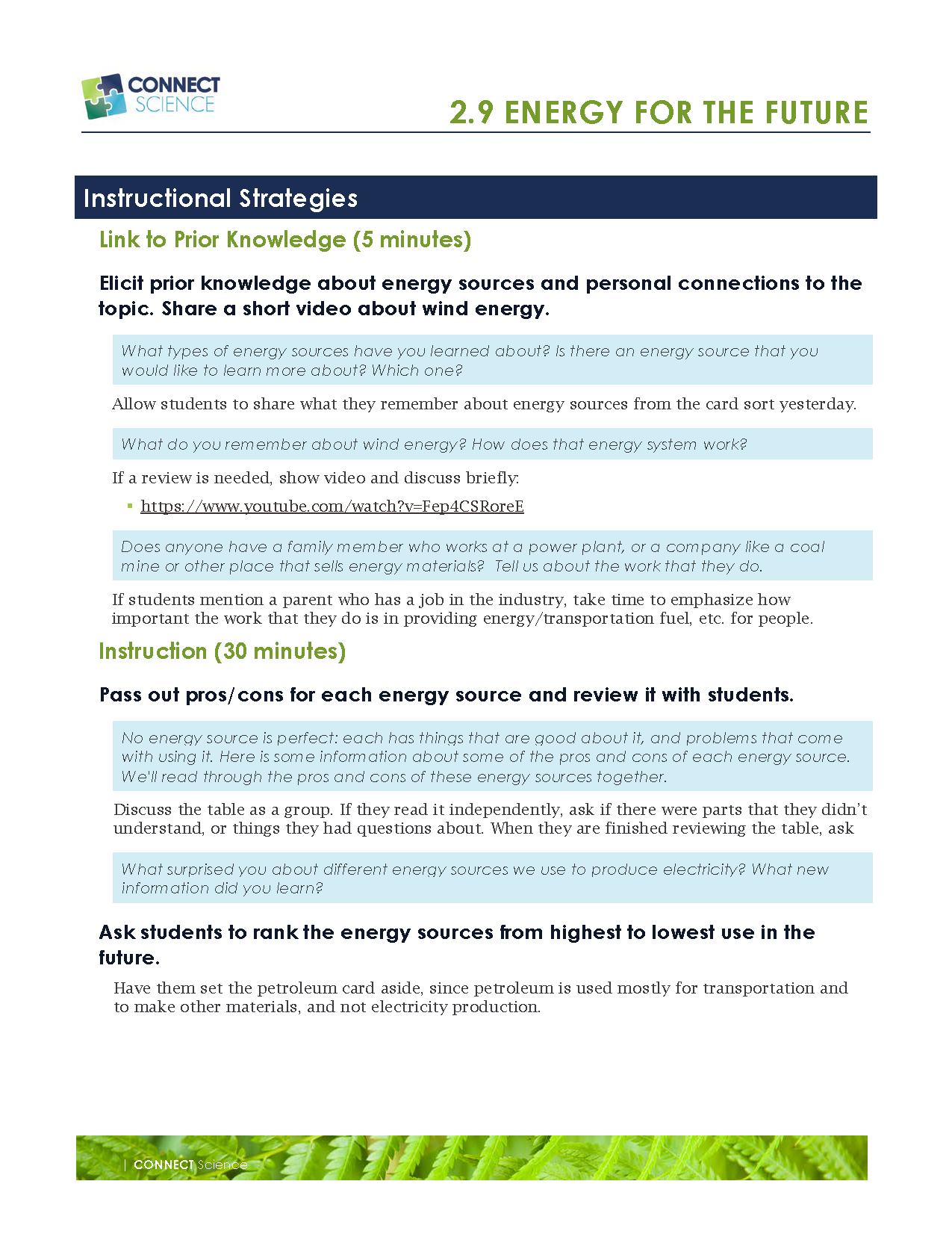

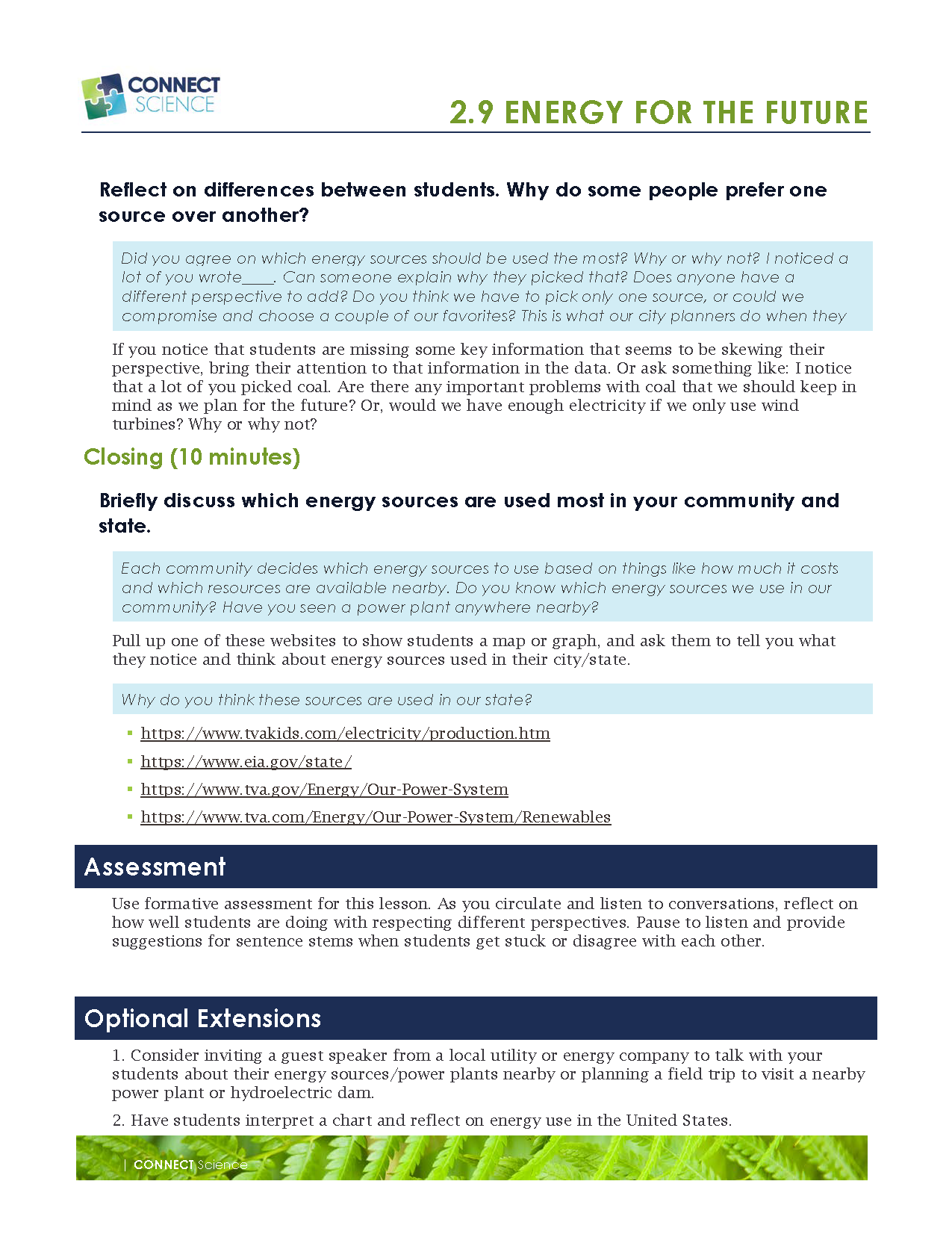
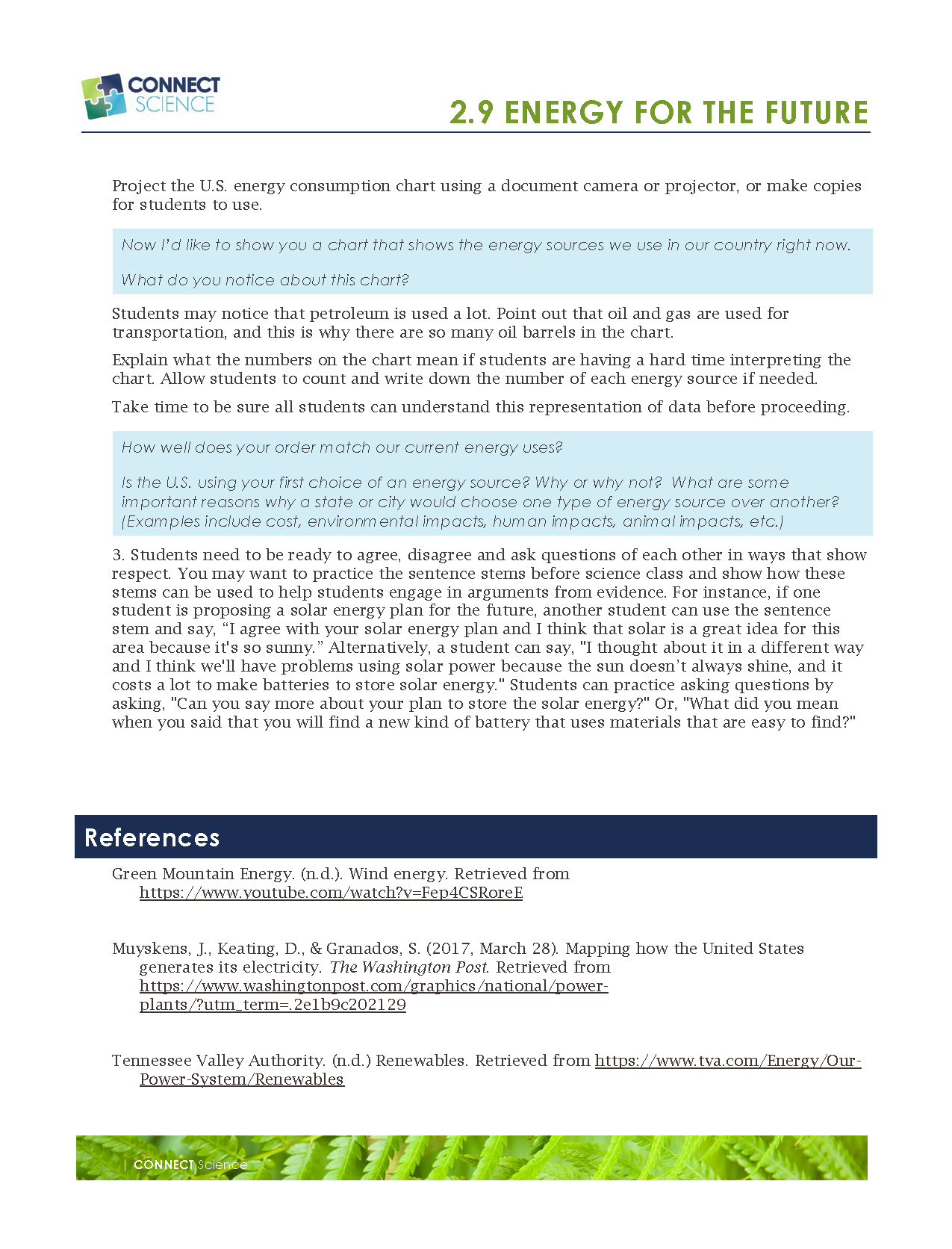
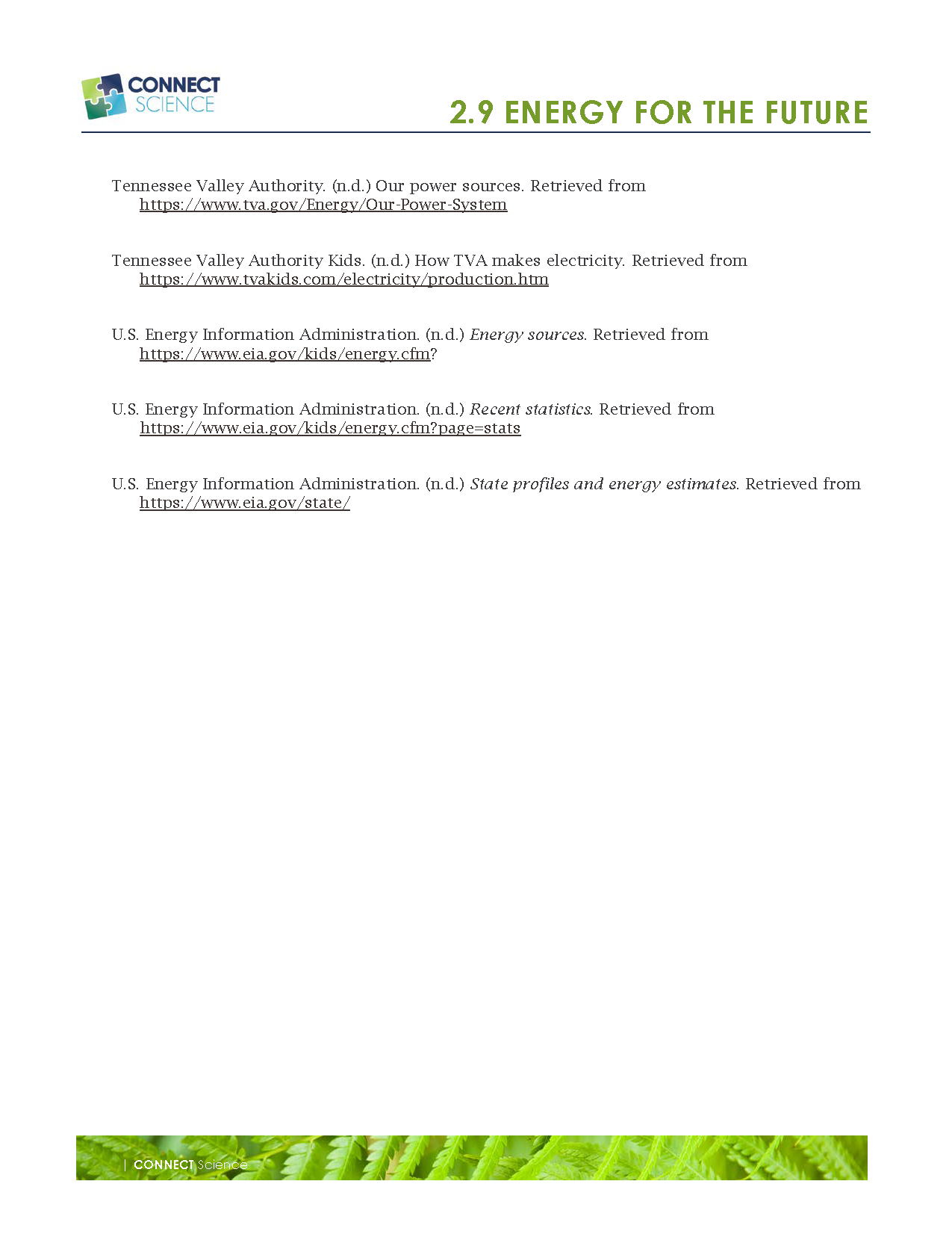
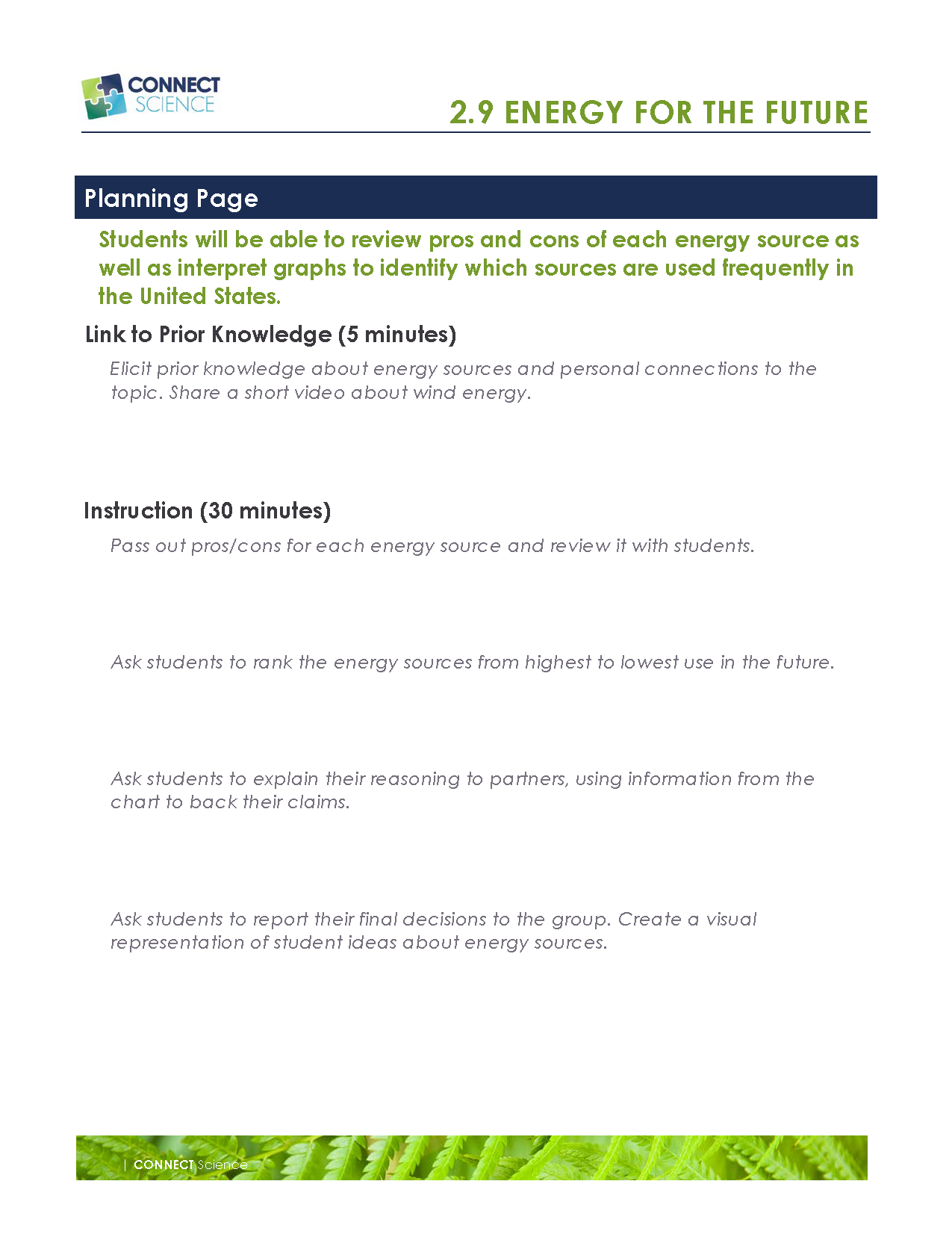
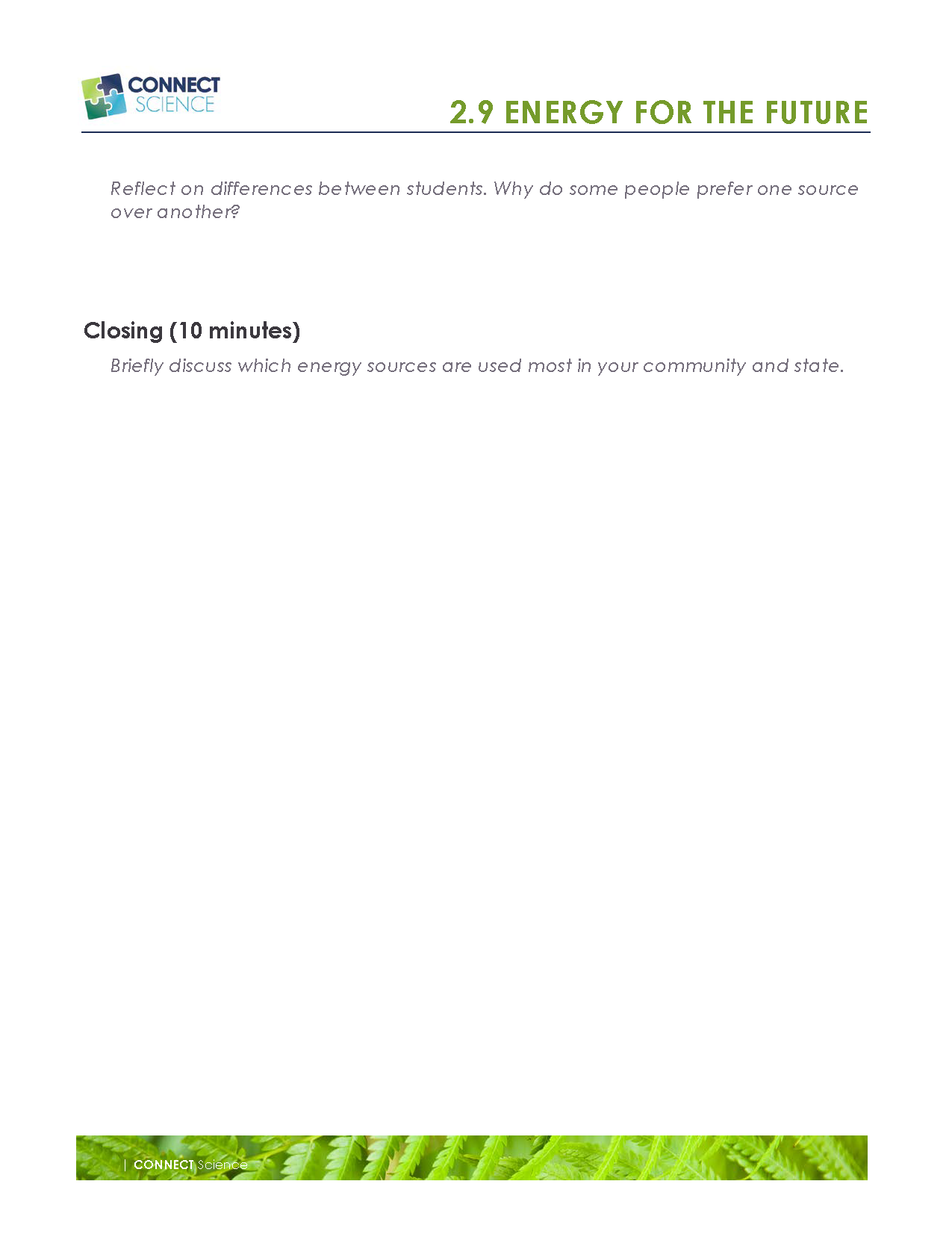

BENCHMARKS REPRESENTED IN THIS EXEMPLAR
Big Ideas
Humans are dependent on Earth’s life-support systems
We are all in this together: We are interdependent on each other and on the natural systems
The changes to the Earth’s surface environments made by human activity are causing unintended consequences on the health and well-being of human and other life on Earth (proposed Anthropocene Epoch)
Sustain-ability requires individual and social learning and community practice
Higher Order Thinking Skills
Anticipatory: Futures Thinking
Complex: Critical Thinking
Mindful: Reflective Thinking
Applied Knowledge and Actions
Inventing The Future
Responsible Local and Global Citizenship
Multiple Perspectives
Dispositions
Caring
Respectful
Responsible
Applications and Actions
Create Social Learning Communities
Honor the specific knowledge and skills that each person and culture brings
Ask different questions and actively listen for the answer
Empower people and groups
Envision, strategize and plan
Treat others with respect and dignity
Listen to one another
Community Connections
Consider and prepare for a range of potential future scenarios, while charting a course toward the preferred future
Students and teachers make authentic contributions to sustainable community development through service learning opportunities, project-based and place based learning opportunities for students that are laterally and vertically embedded in the core curriculum
School buildings and grounds serve the whole community as learning hubs for continuing education of individuals as well as school and community stakeholders to learn together for the future they want




